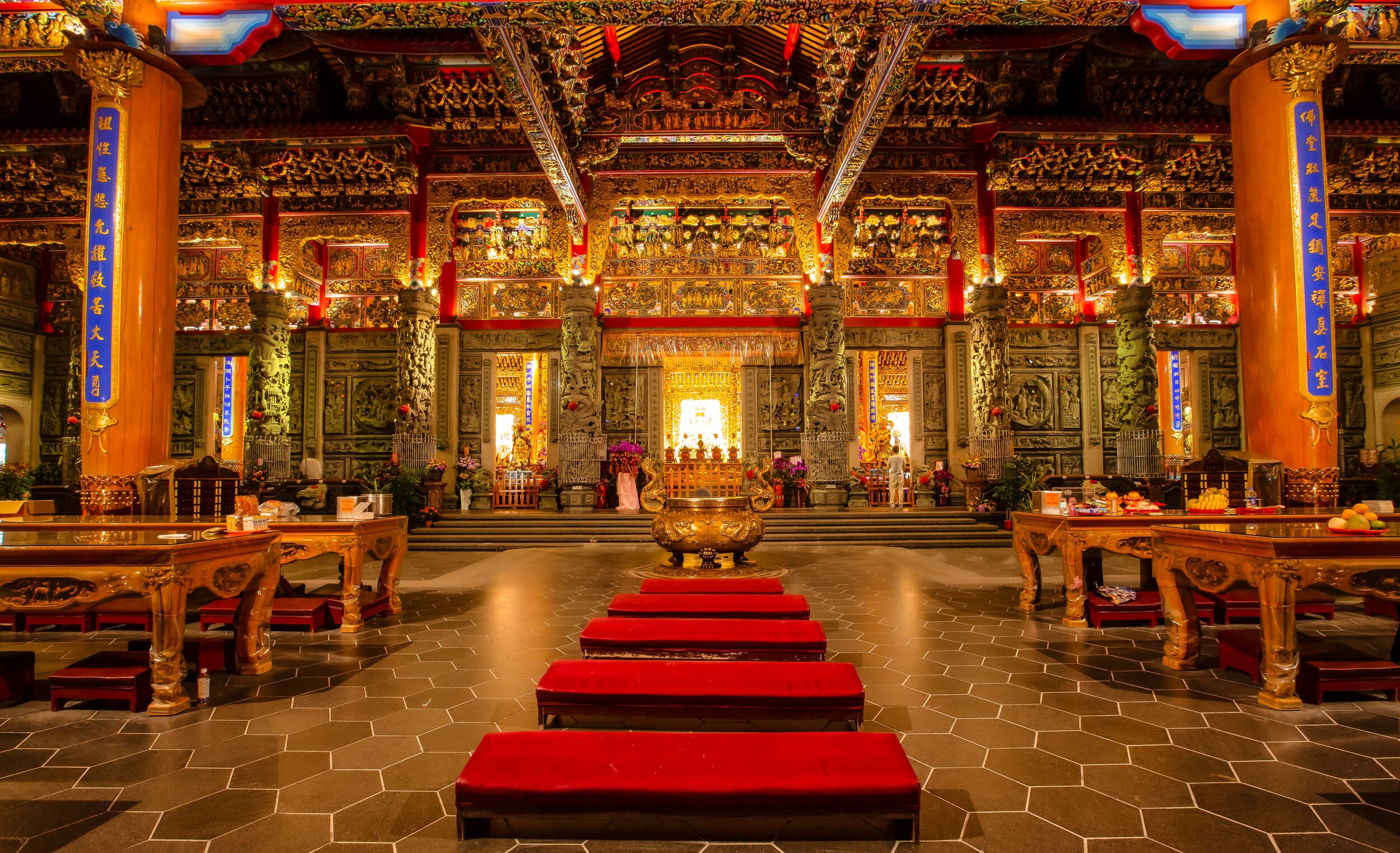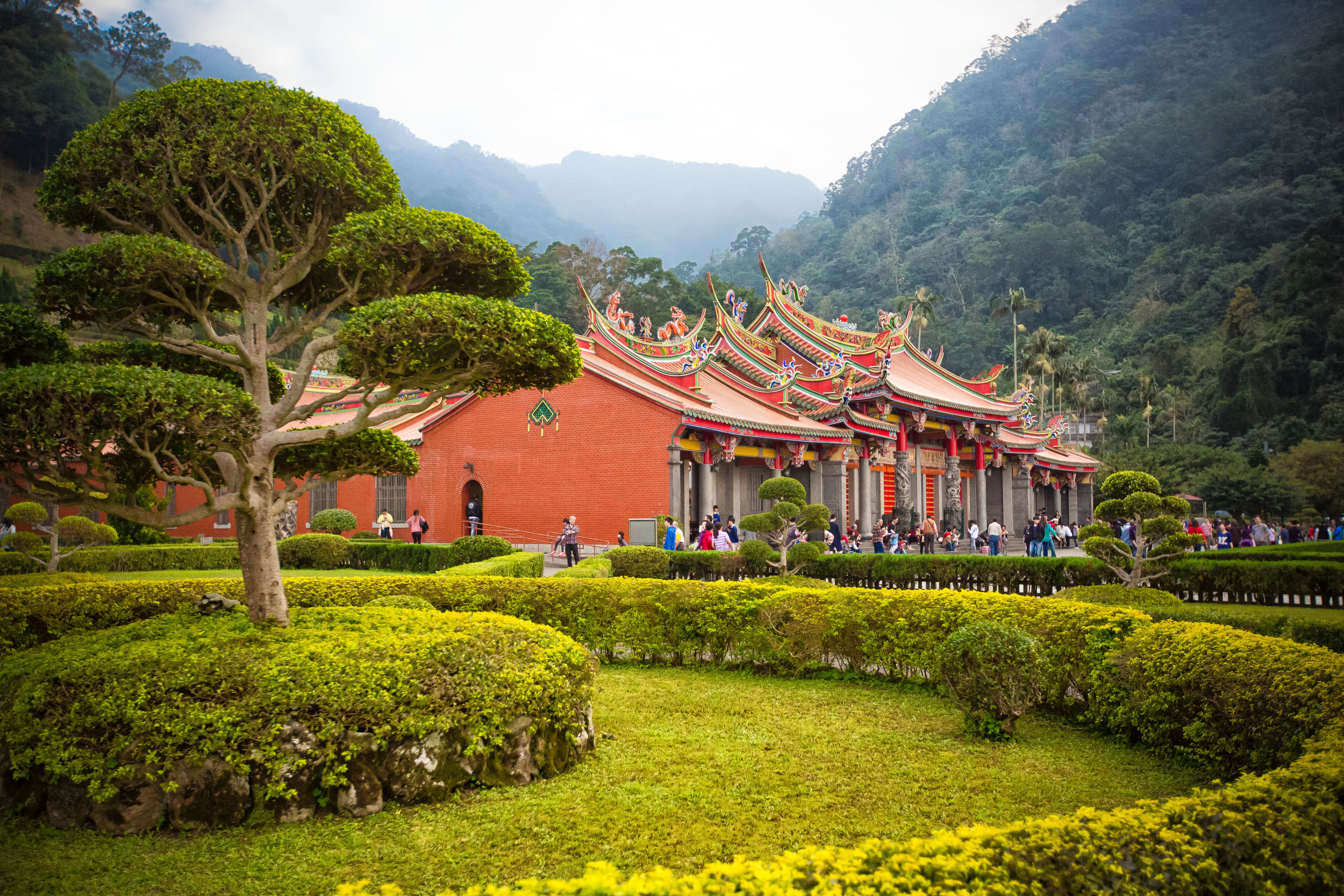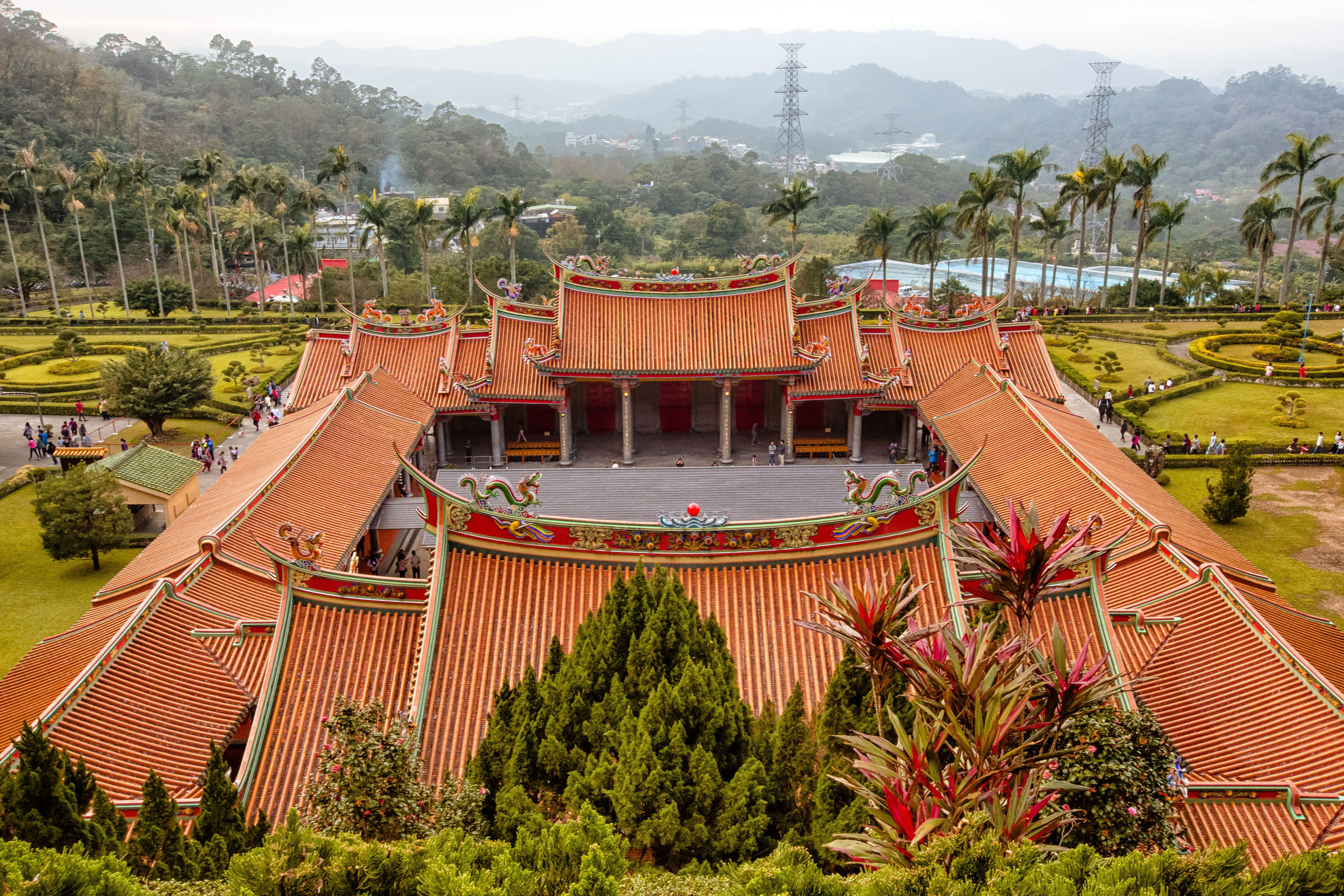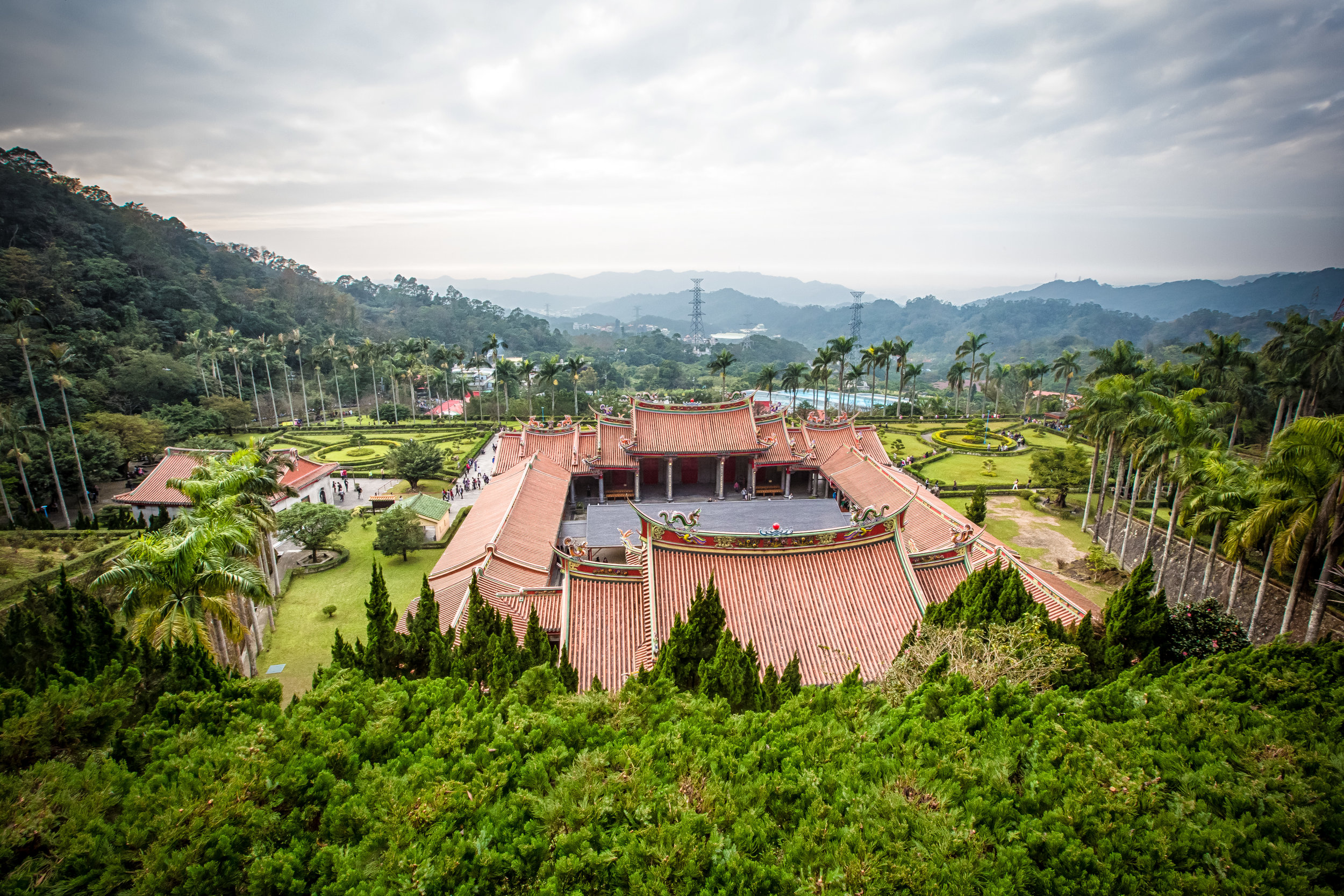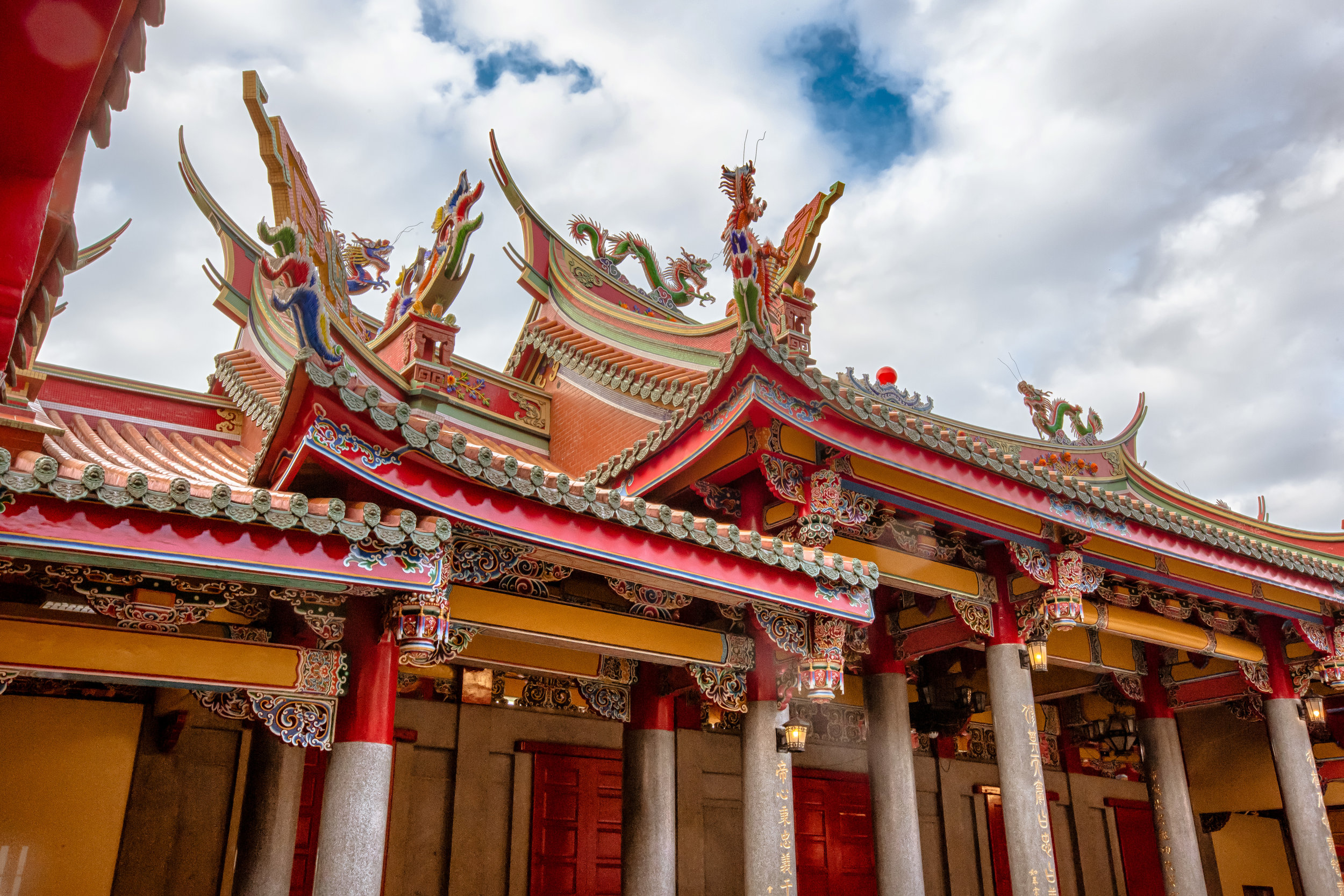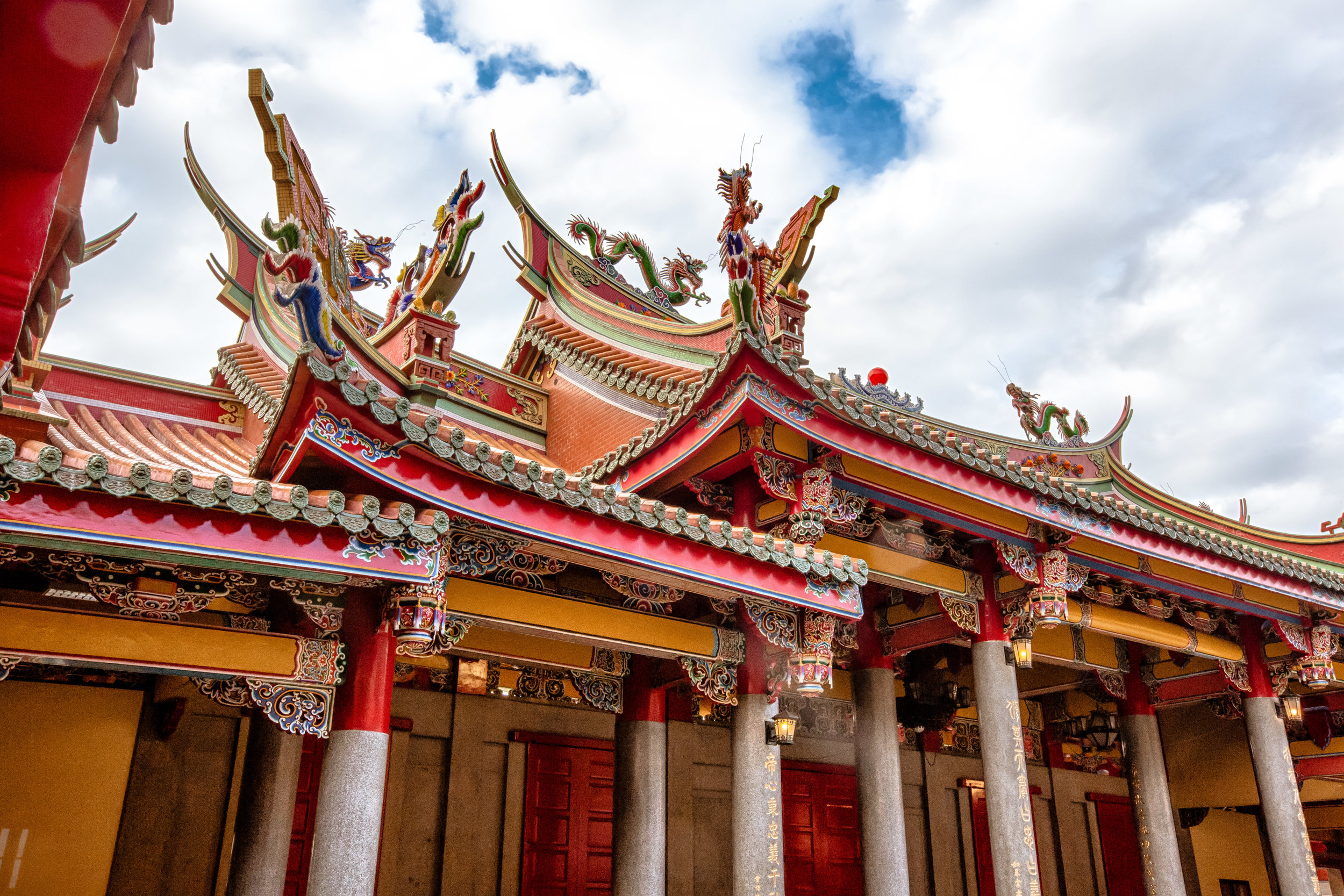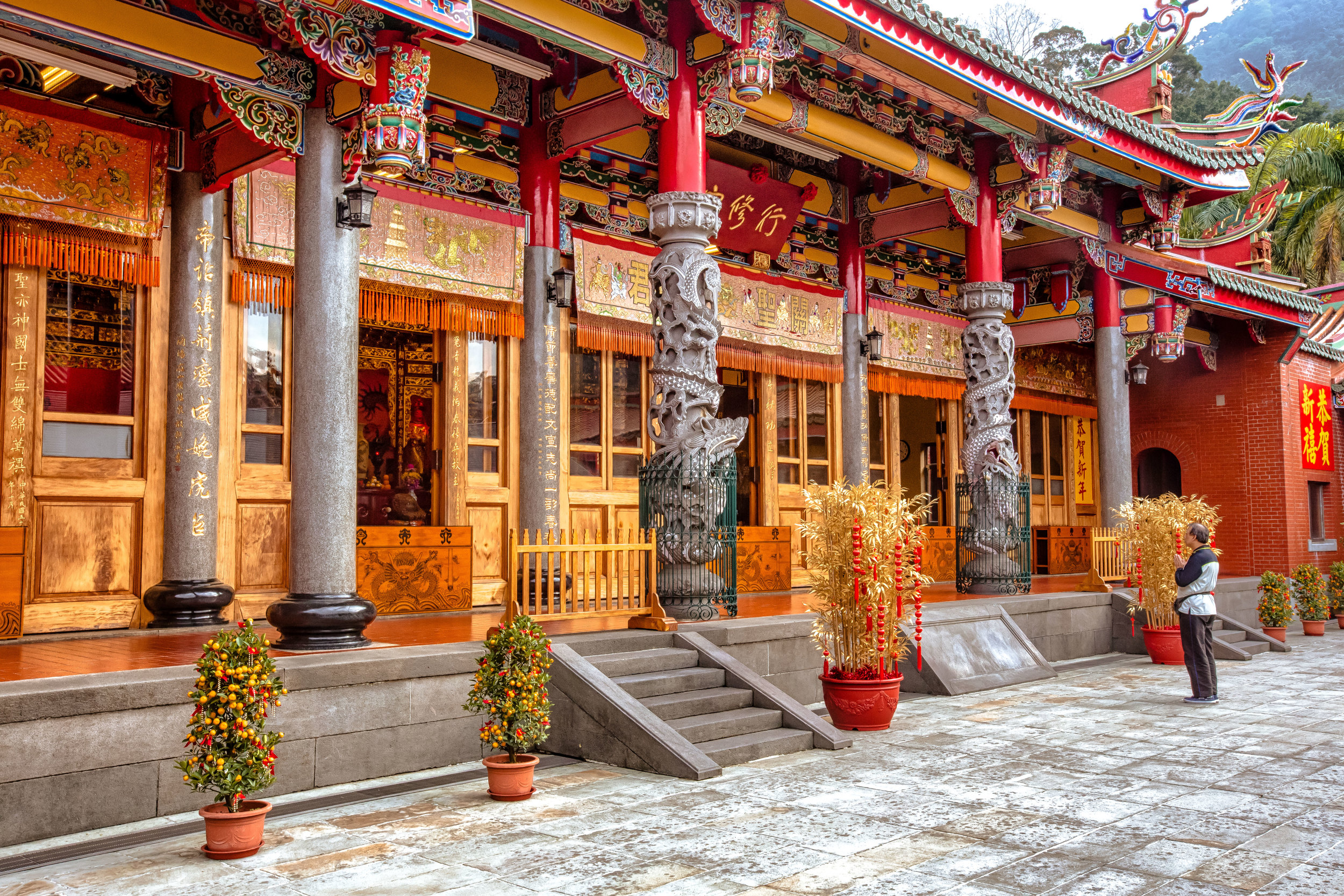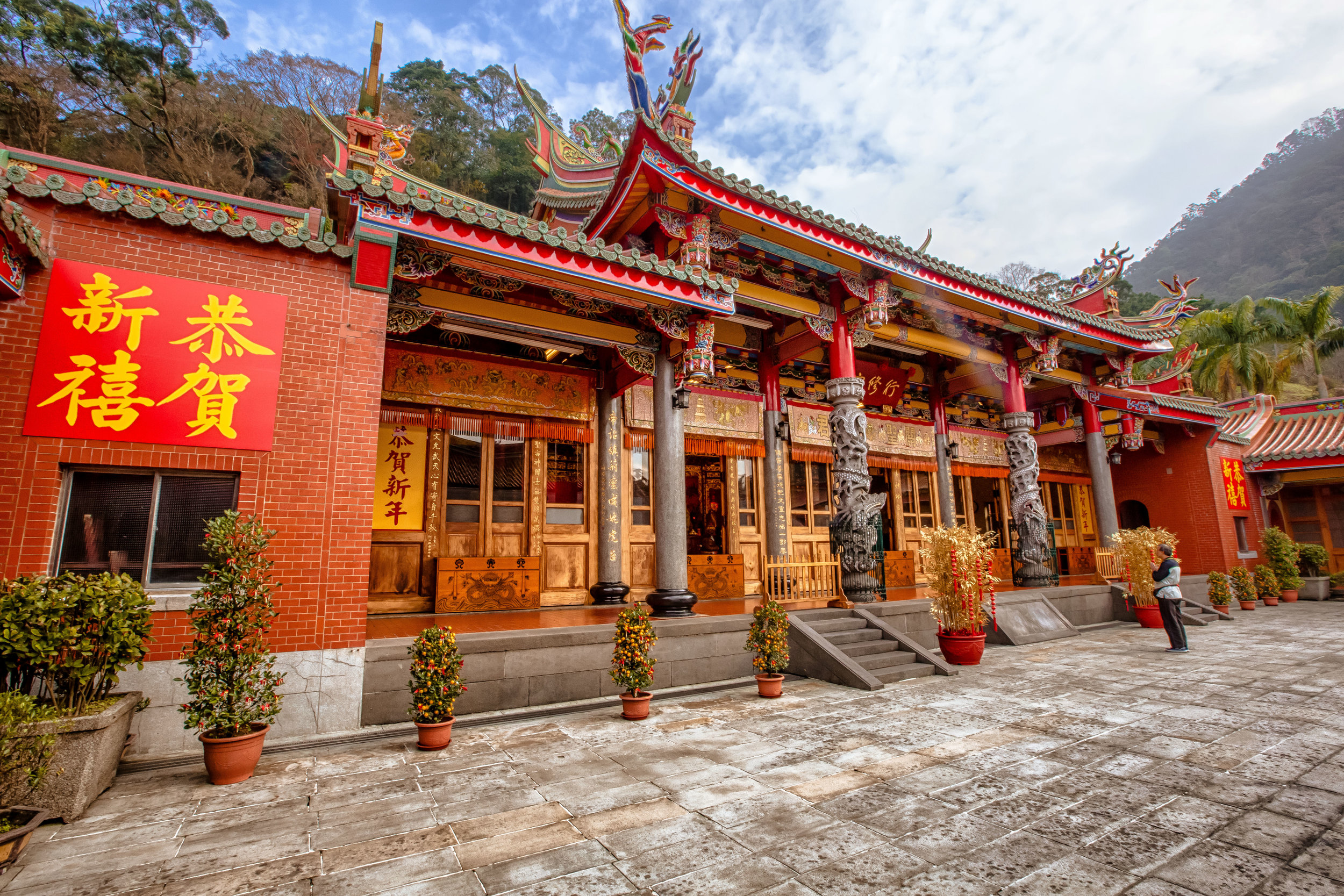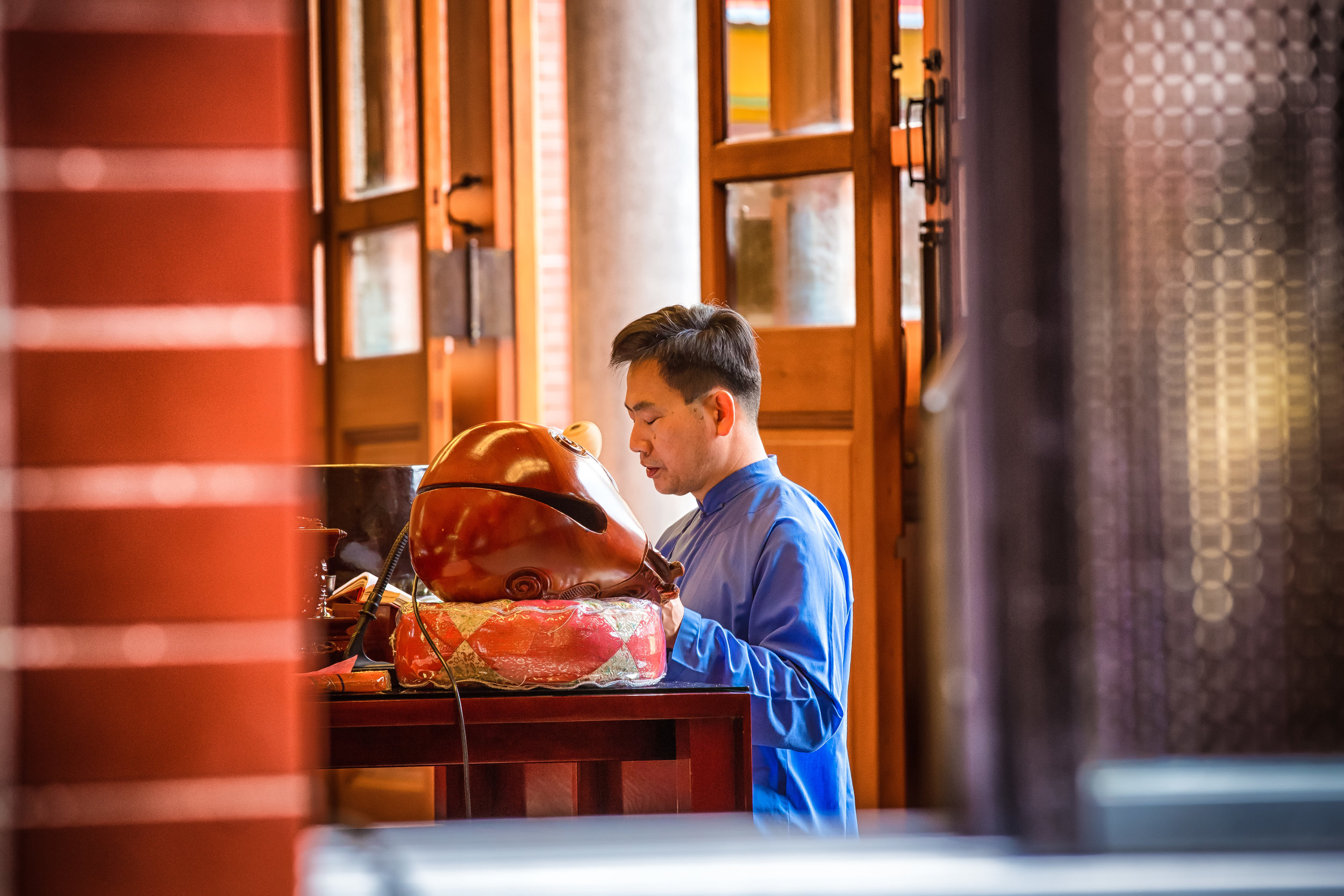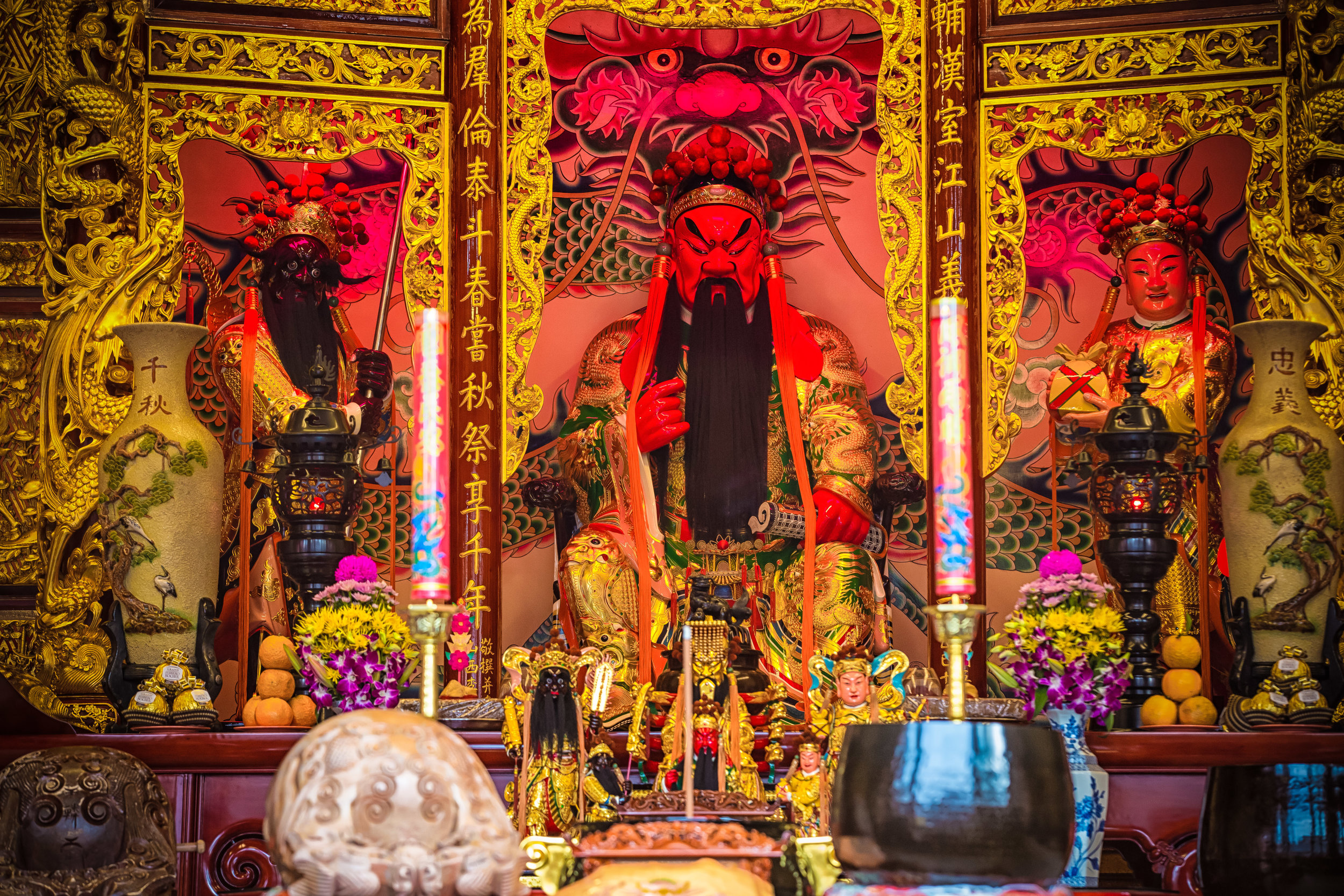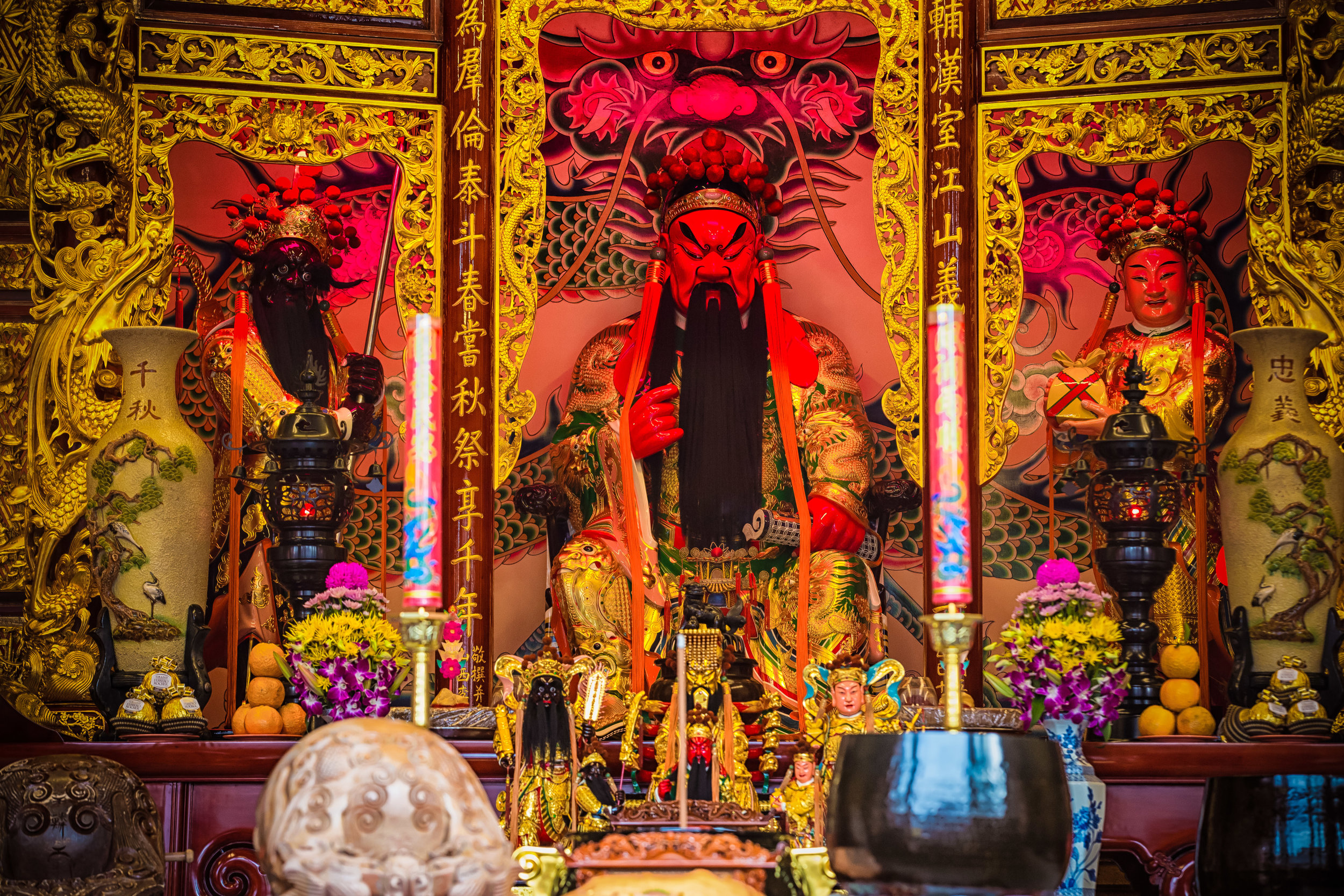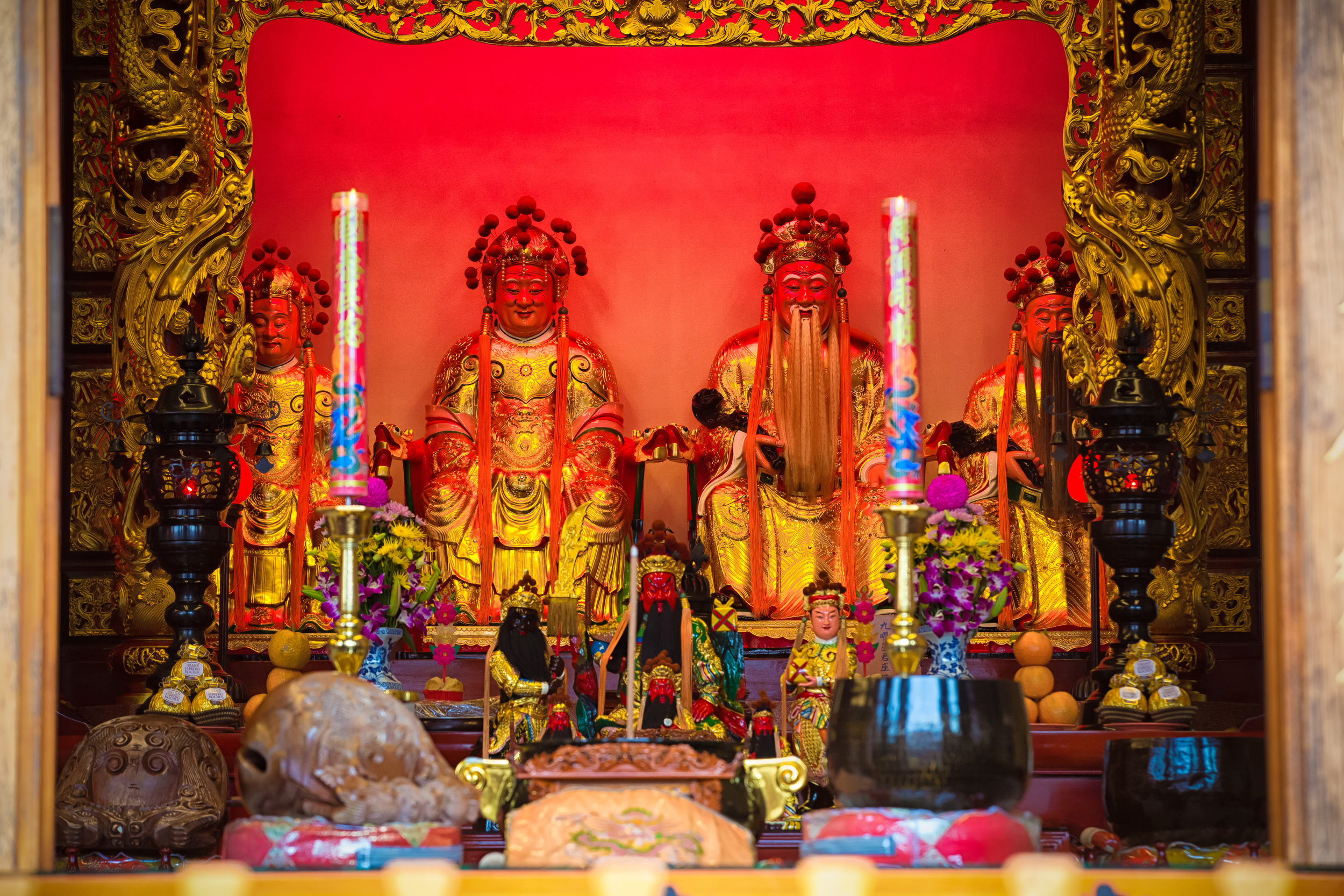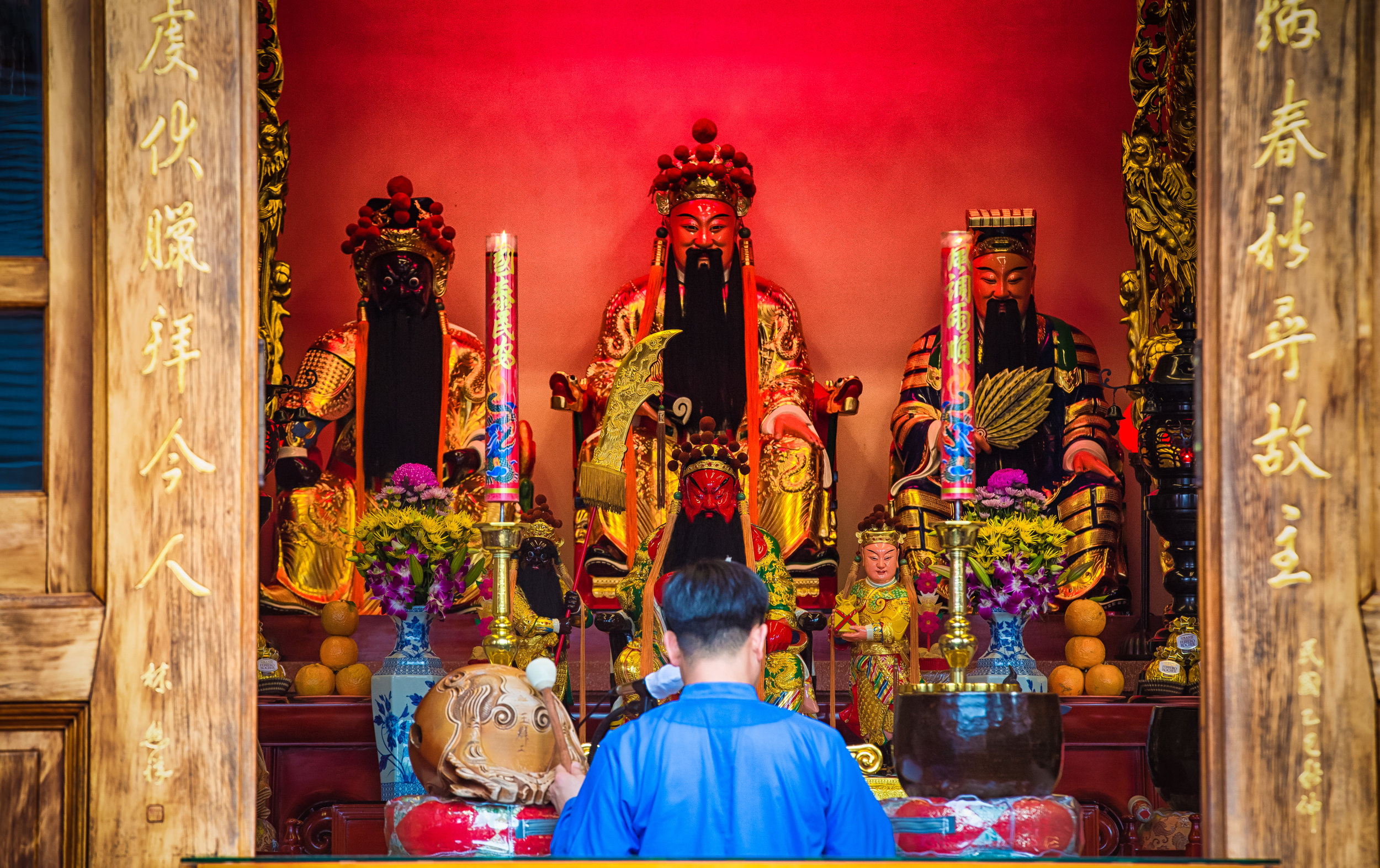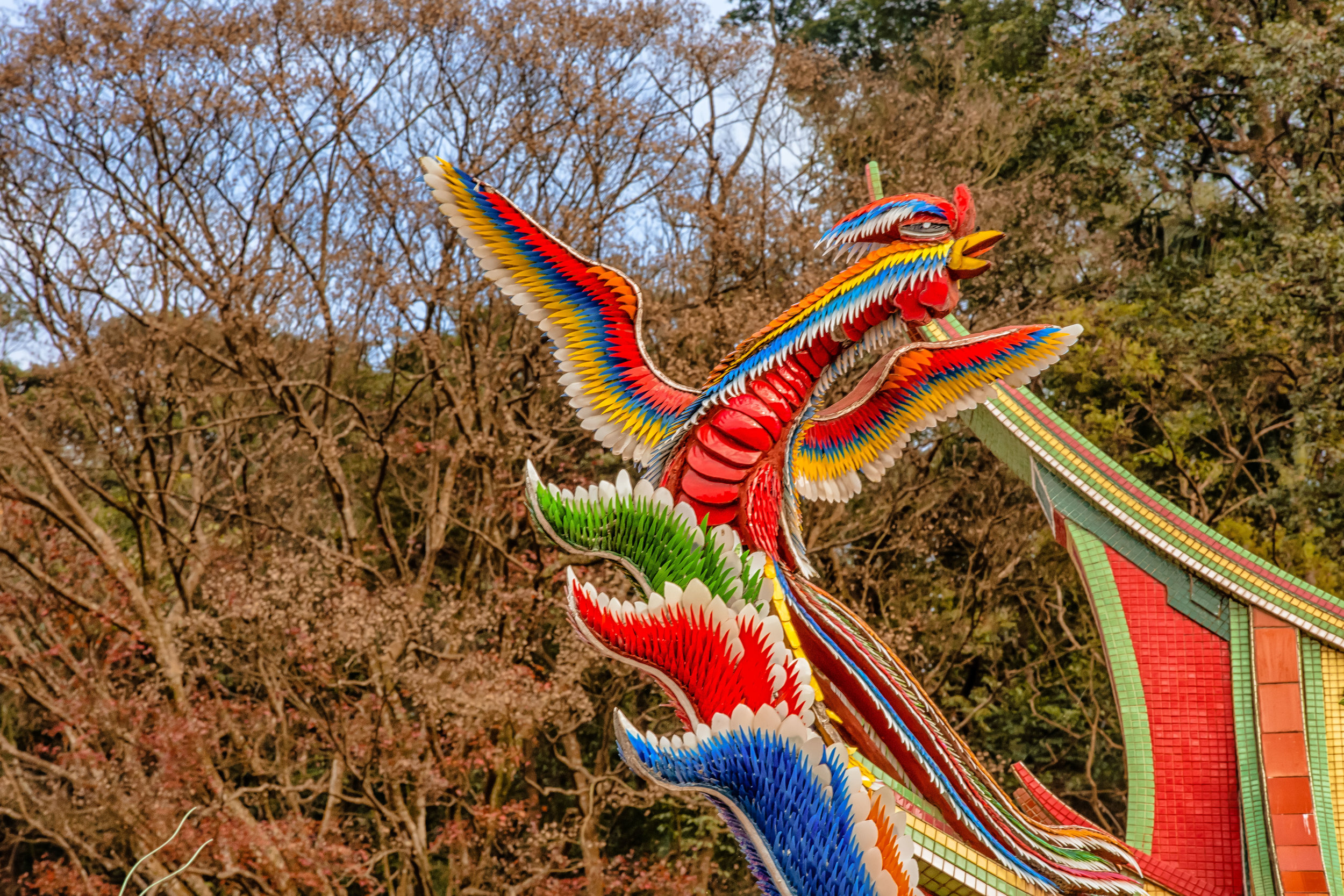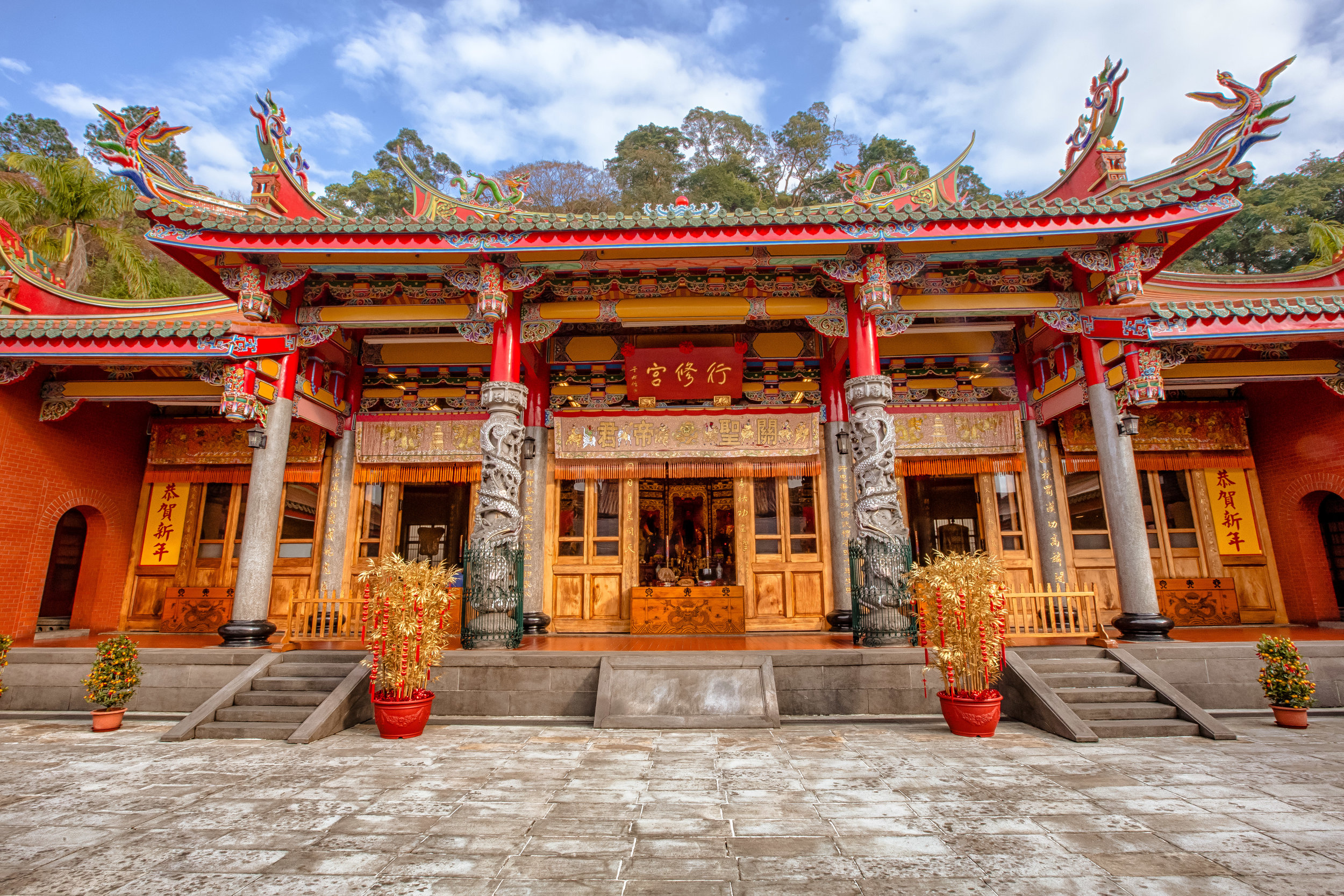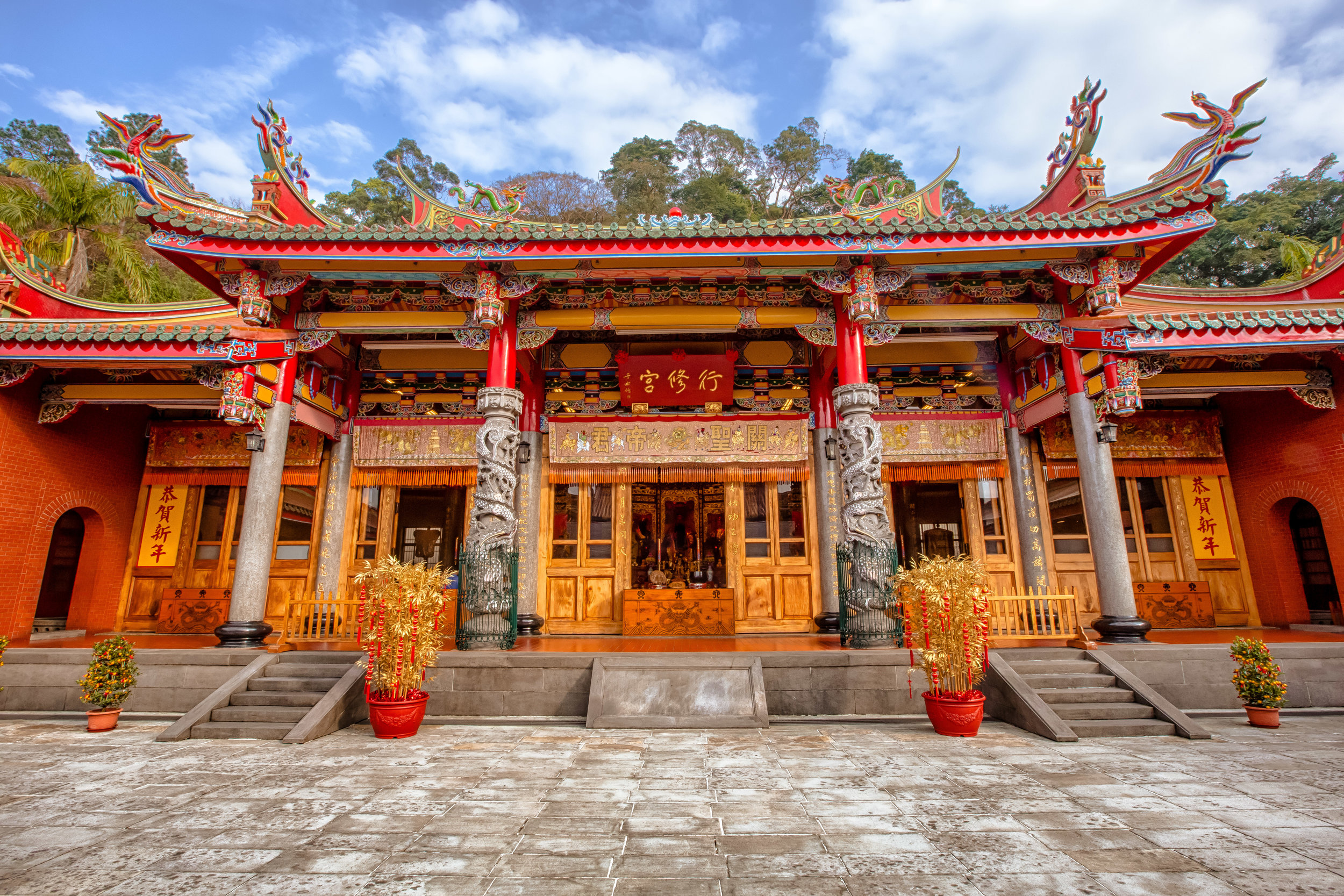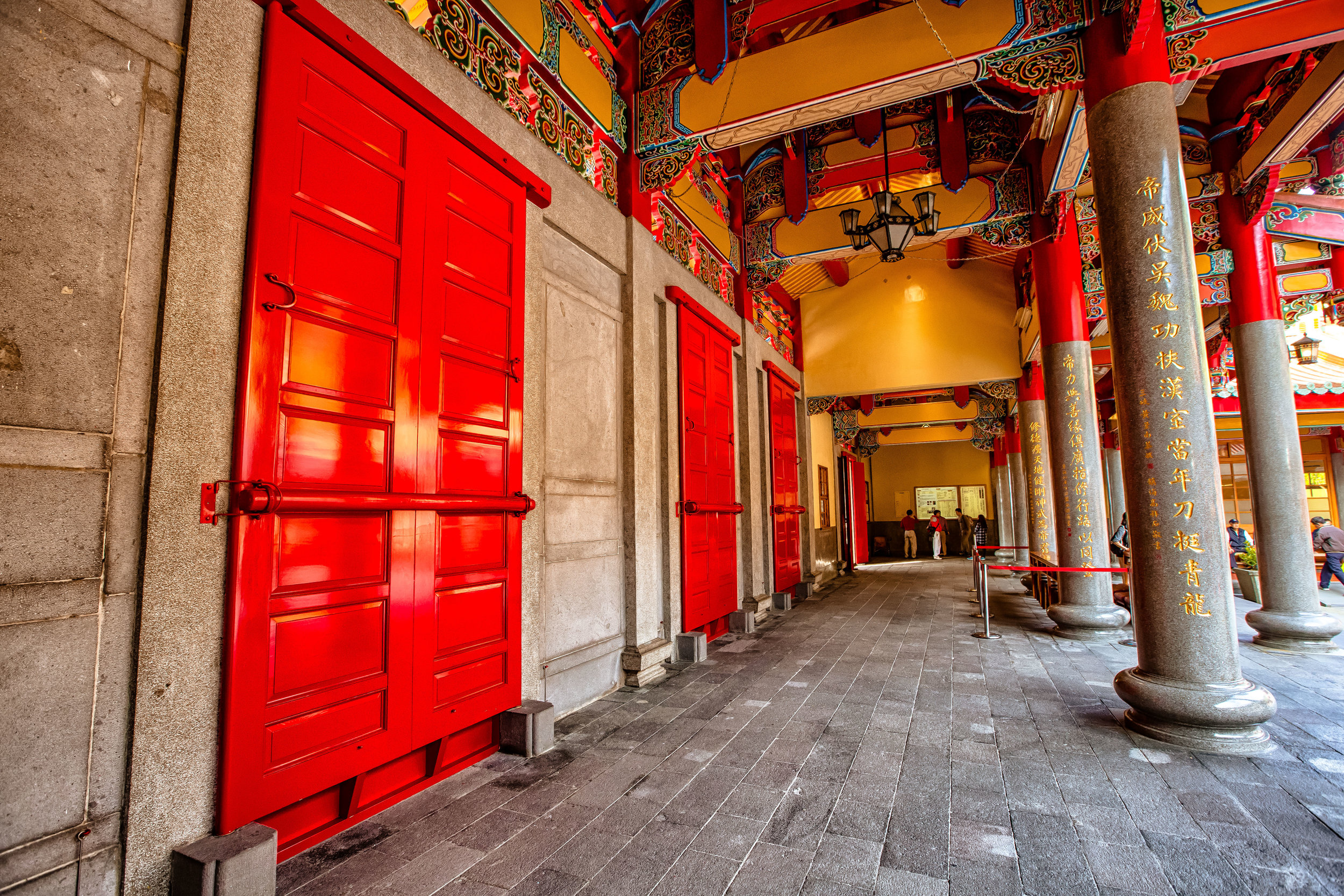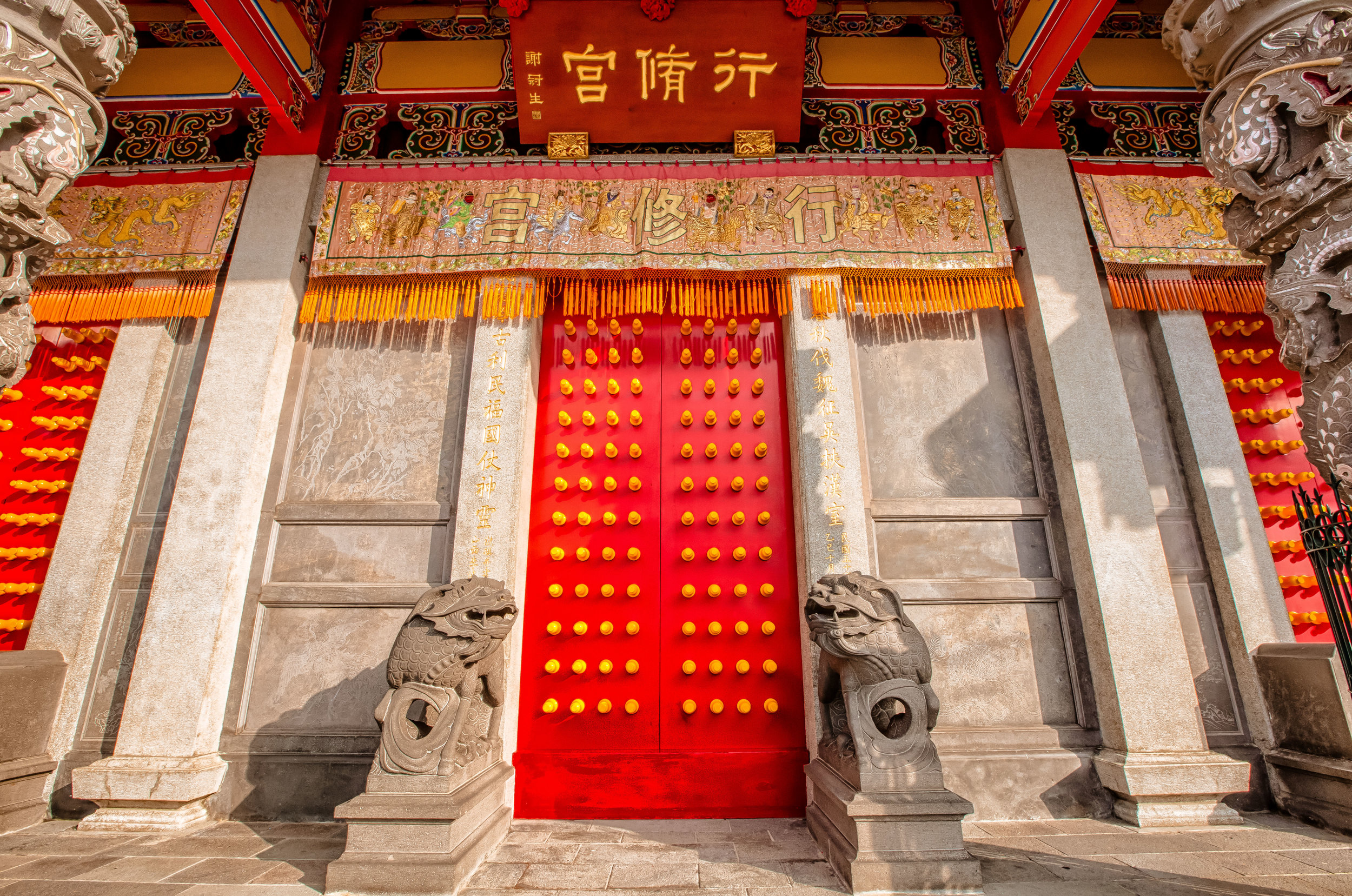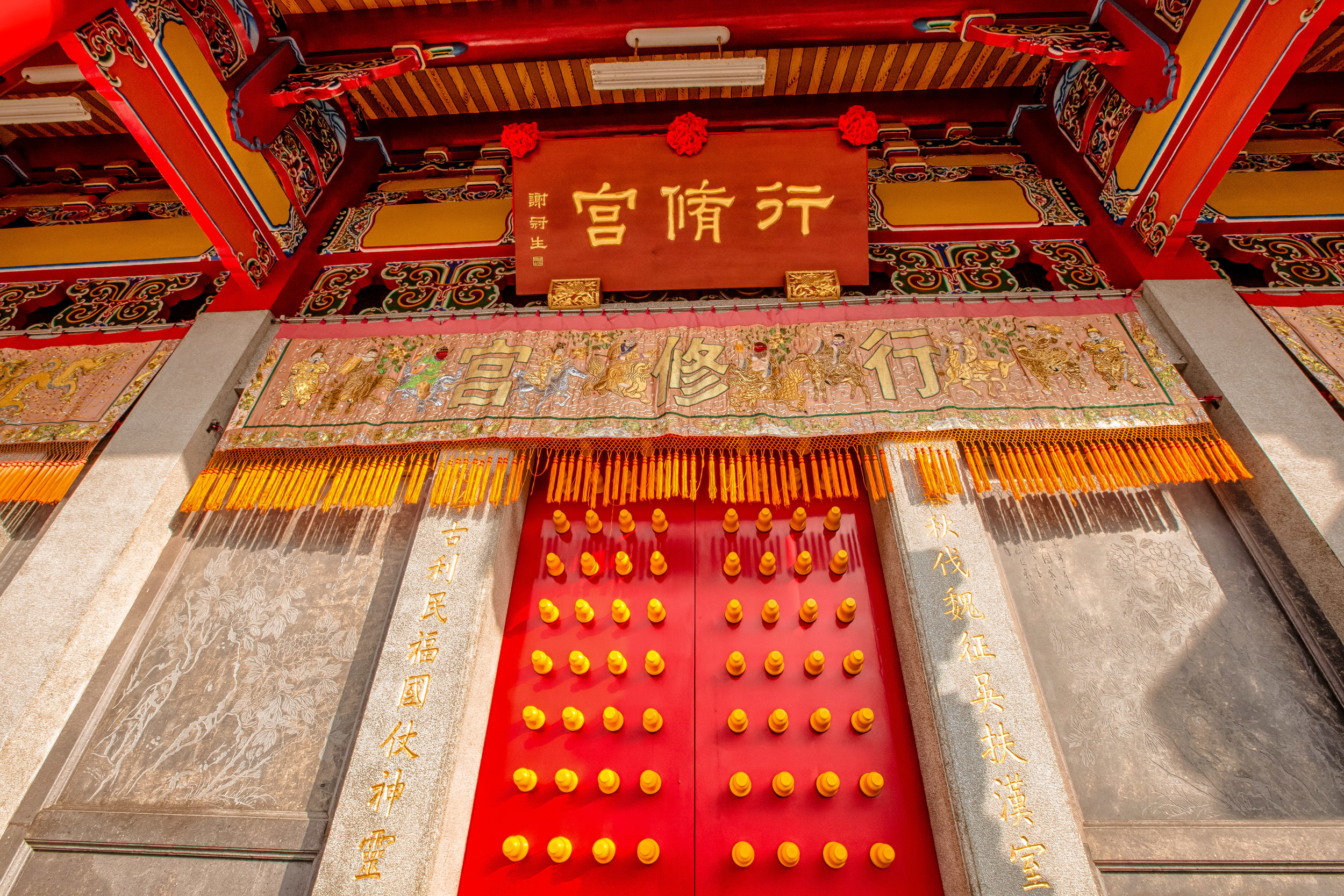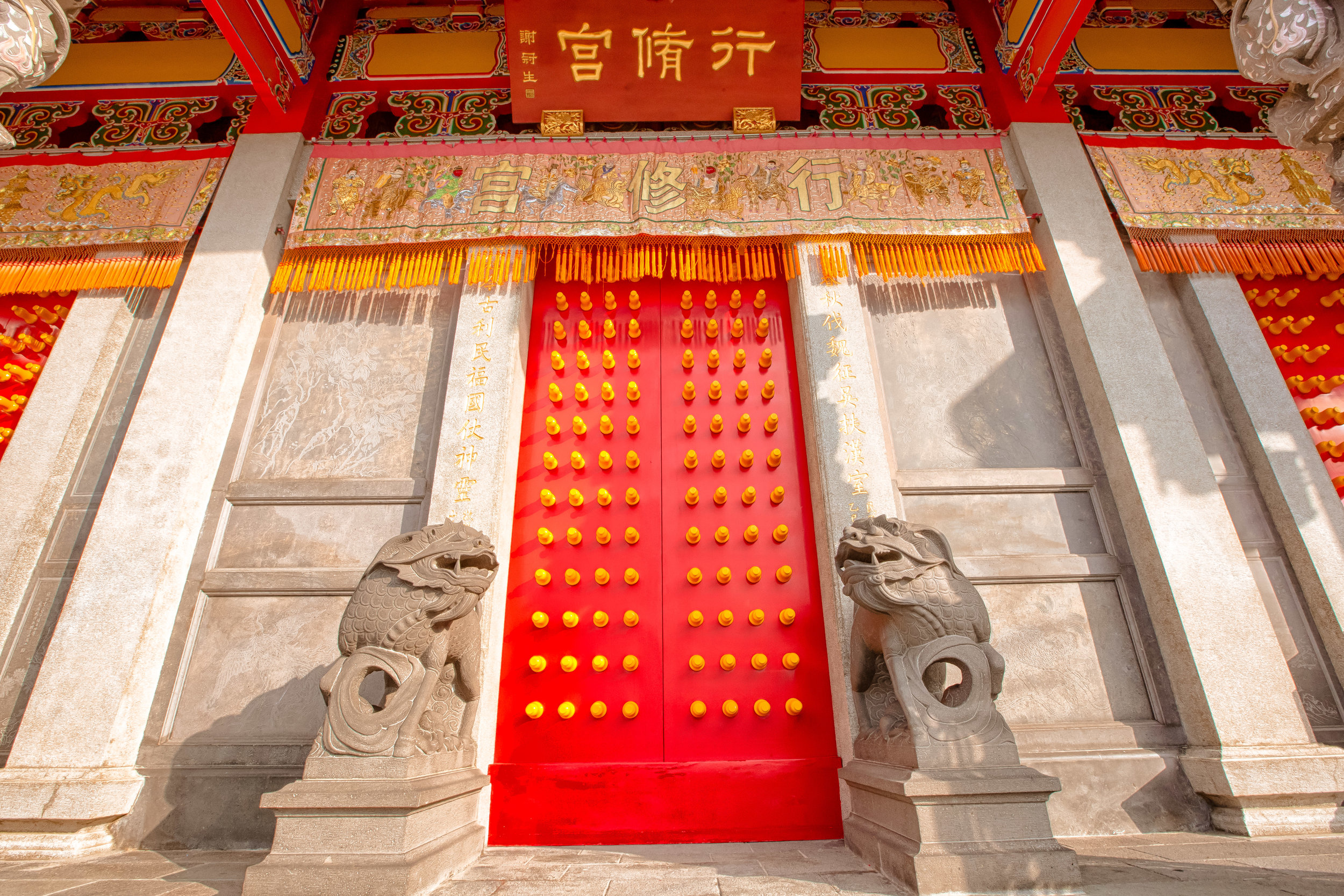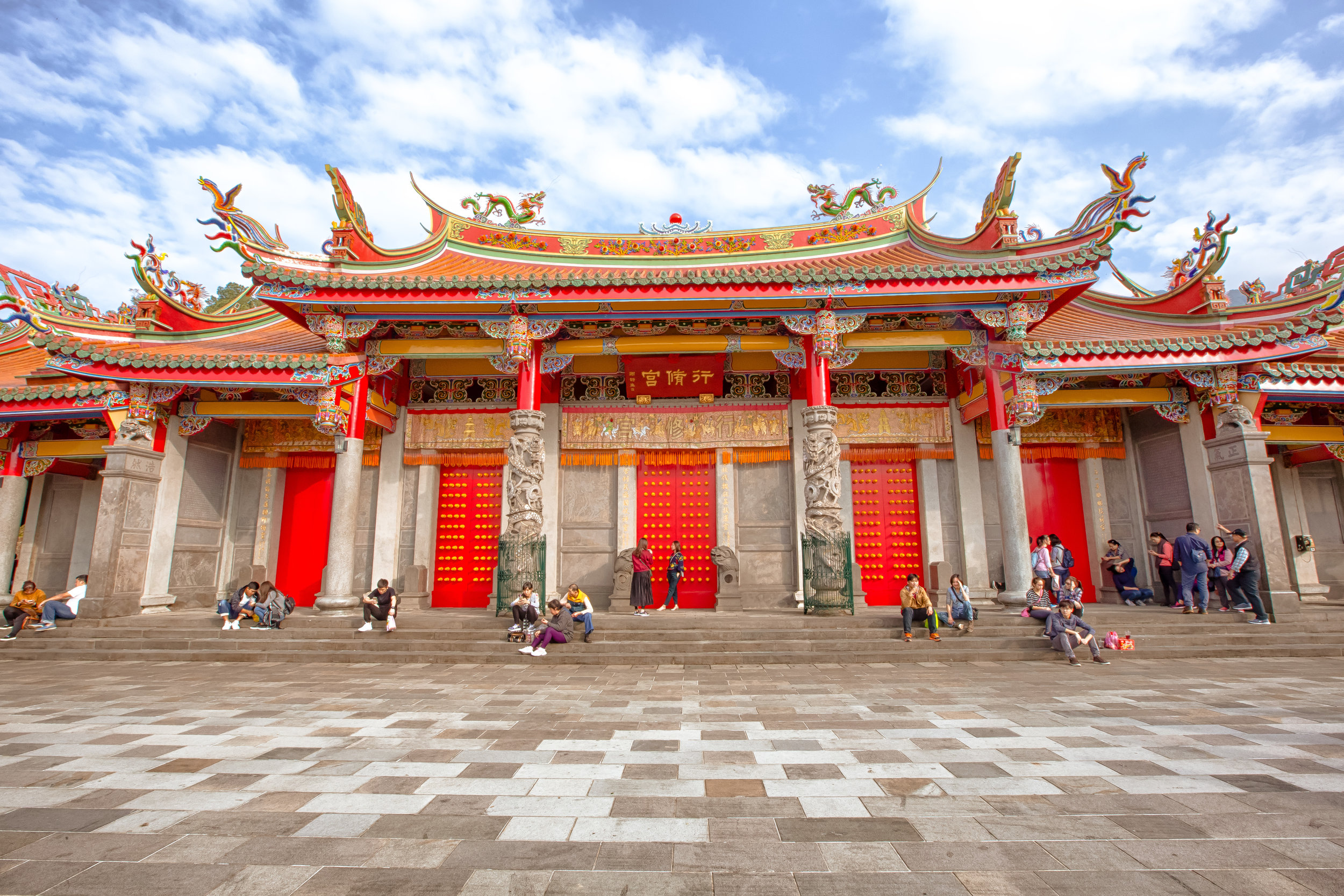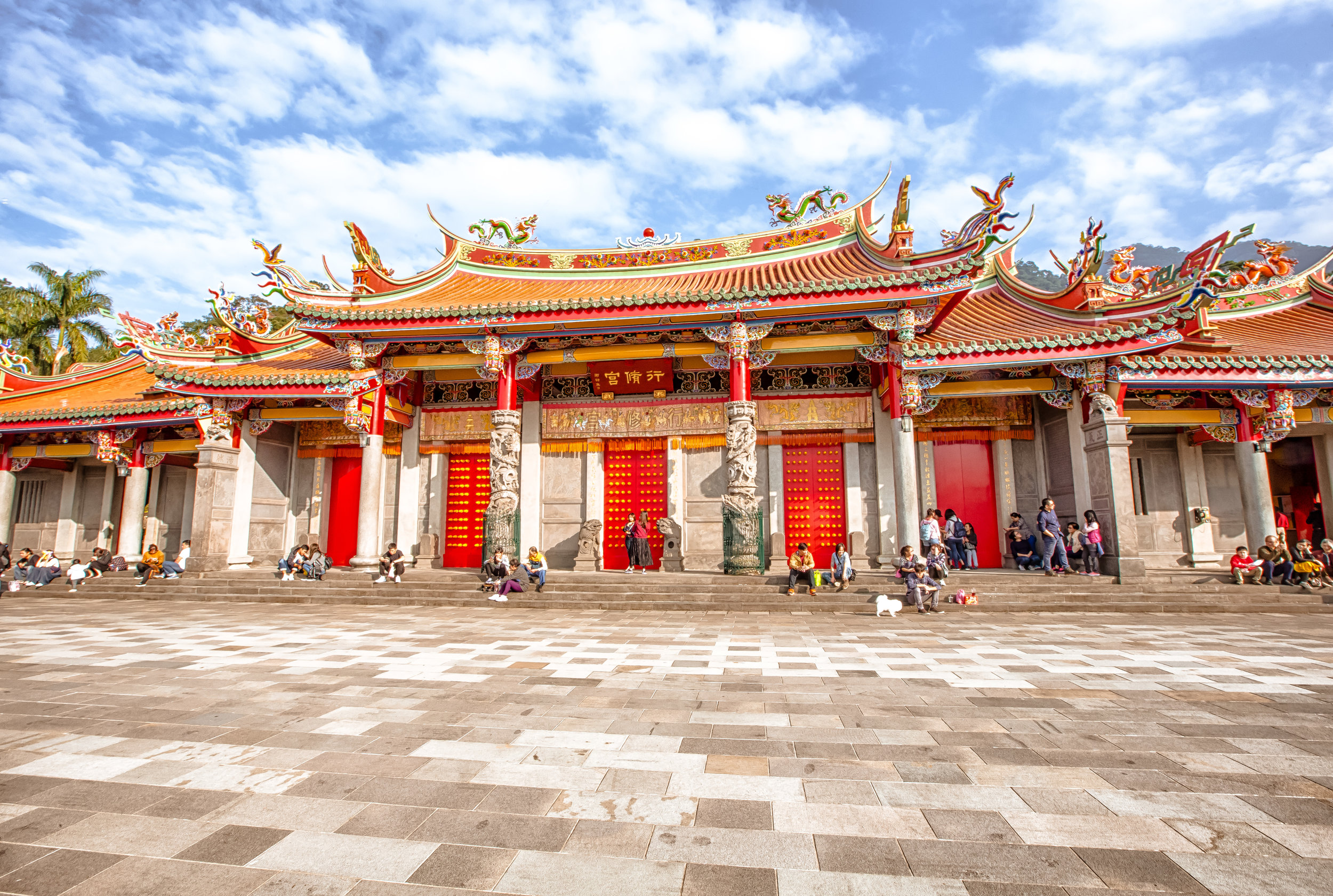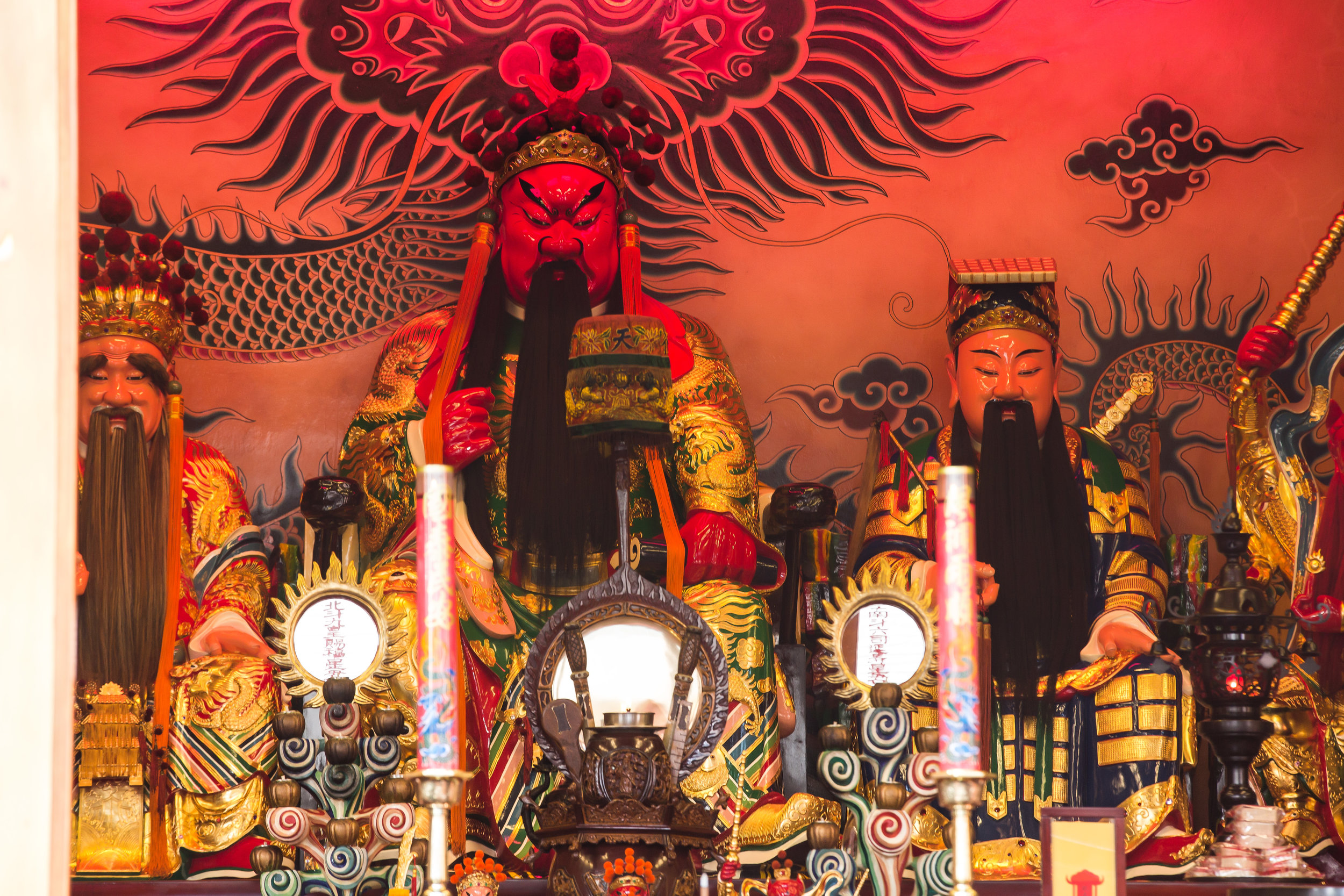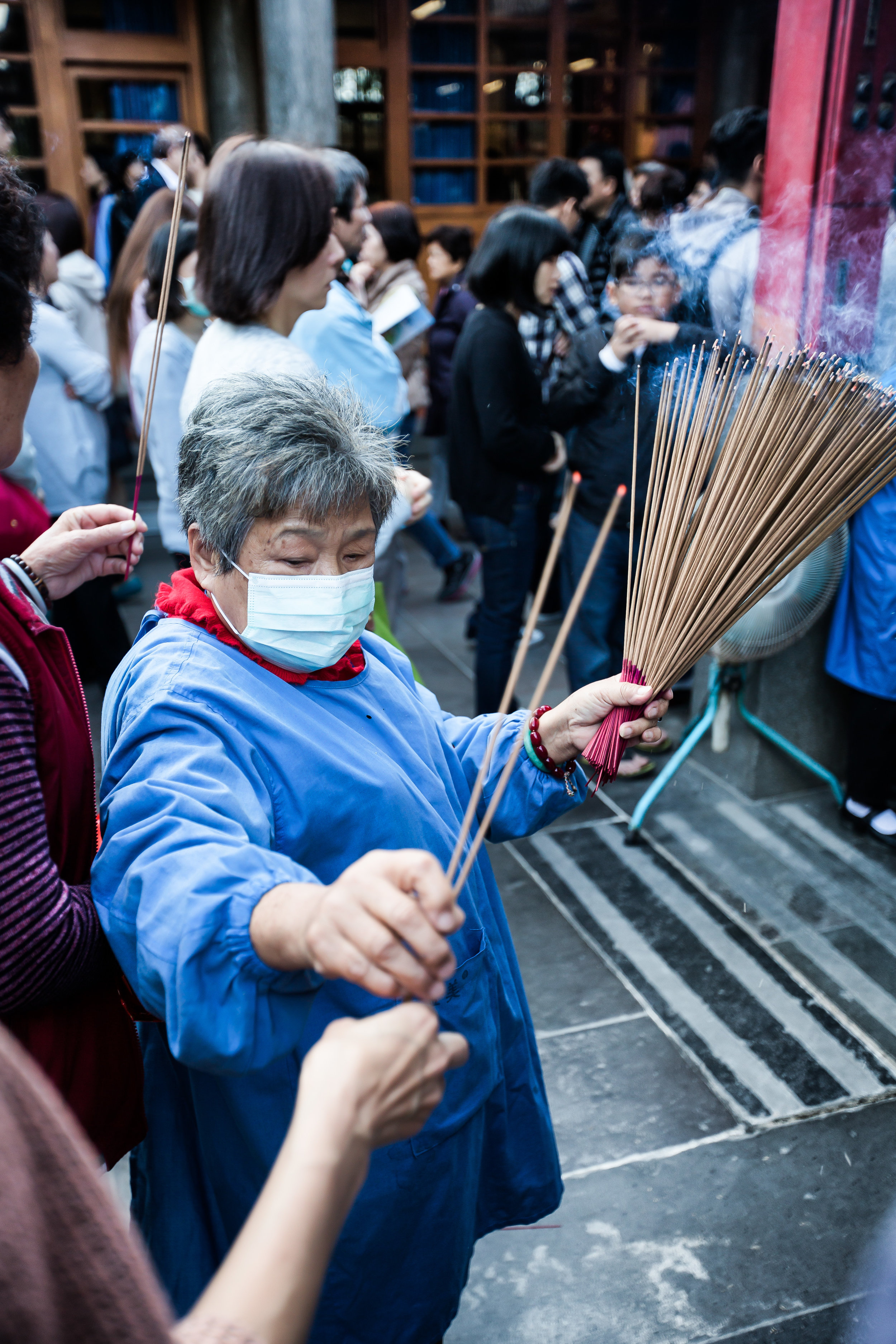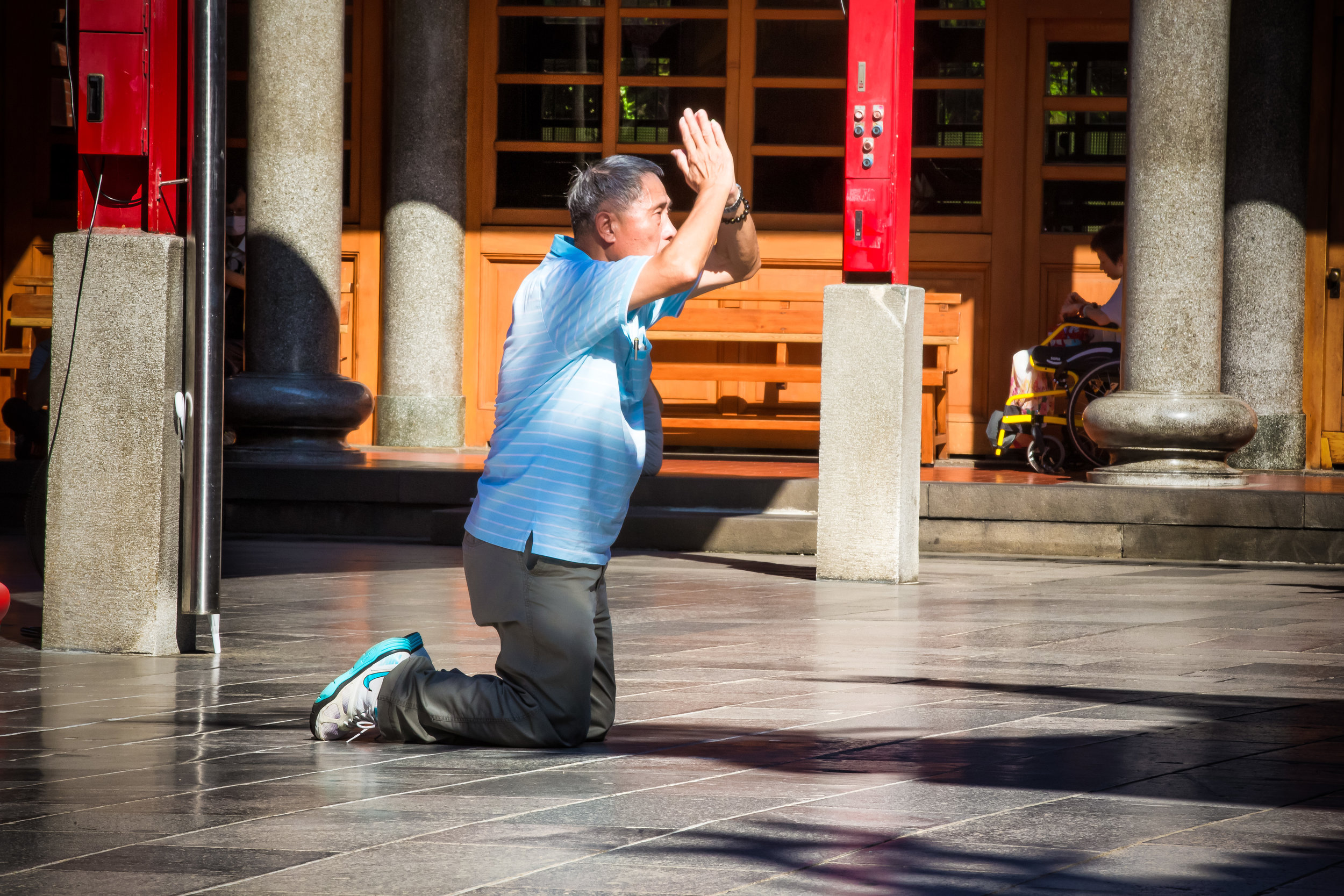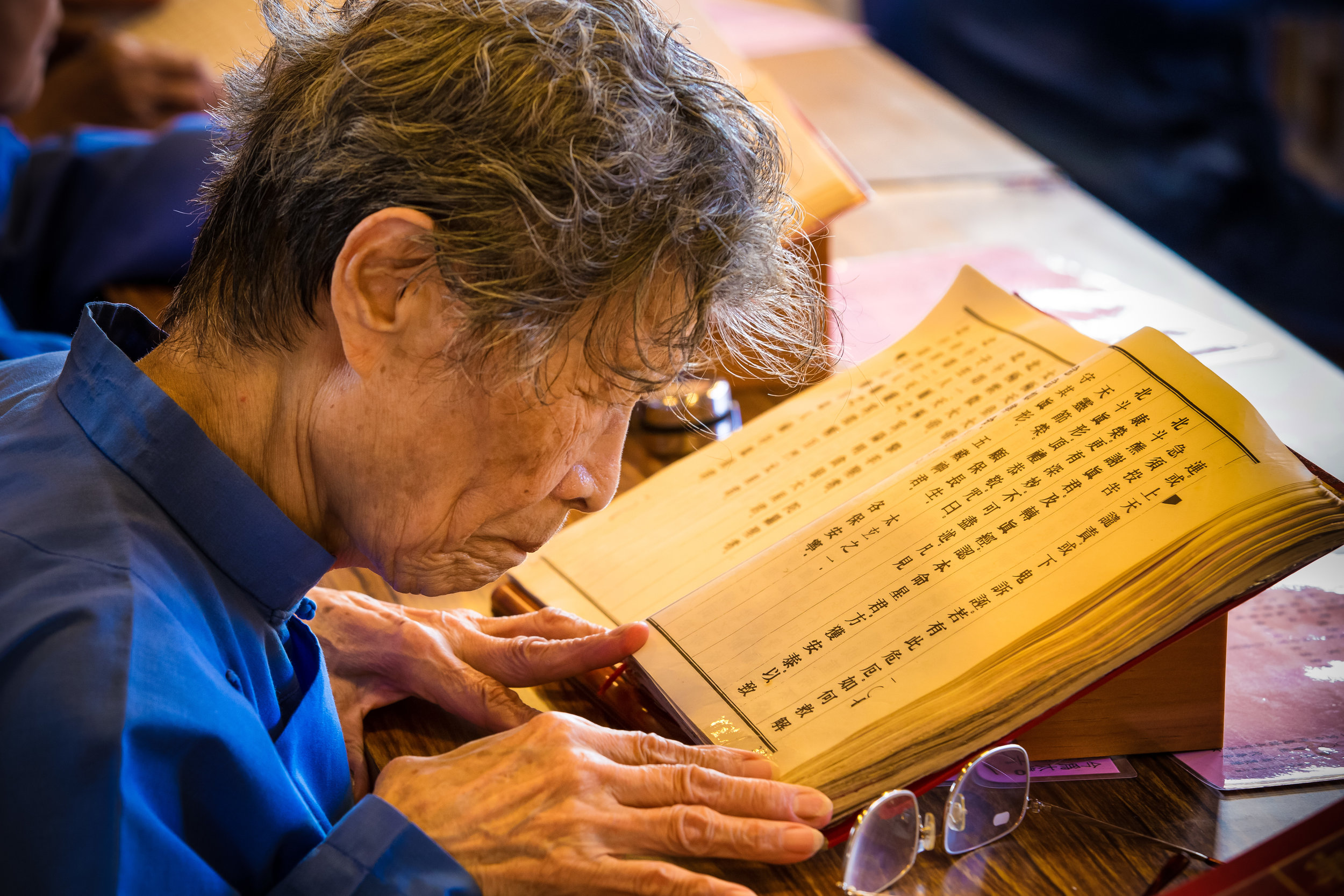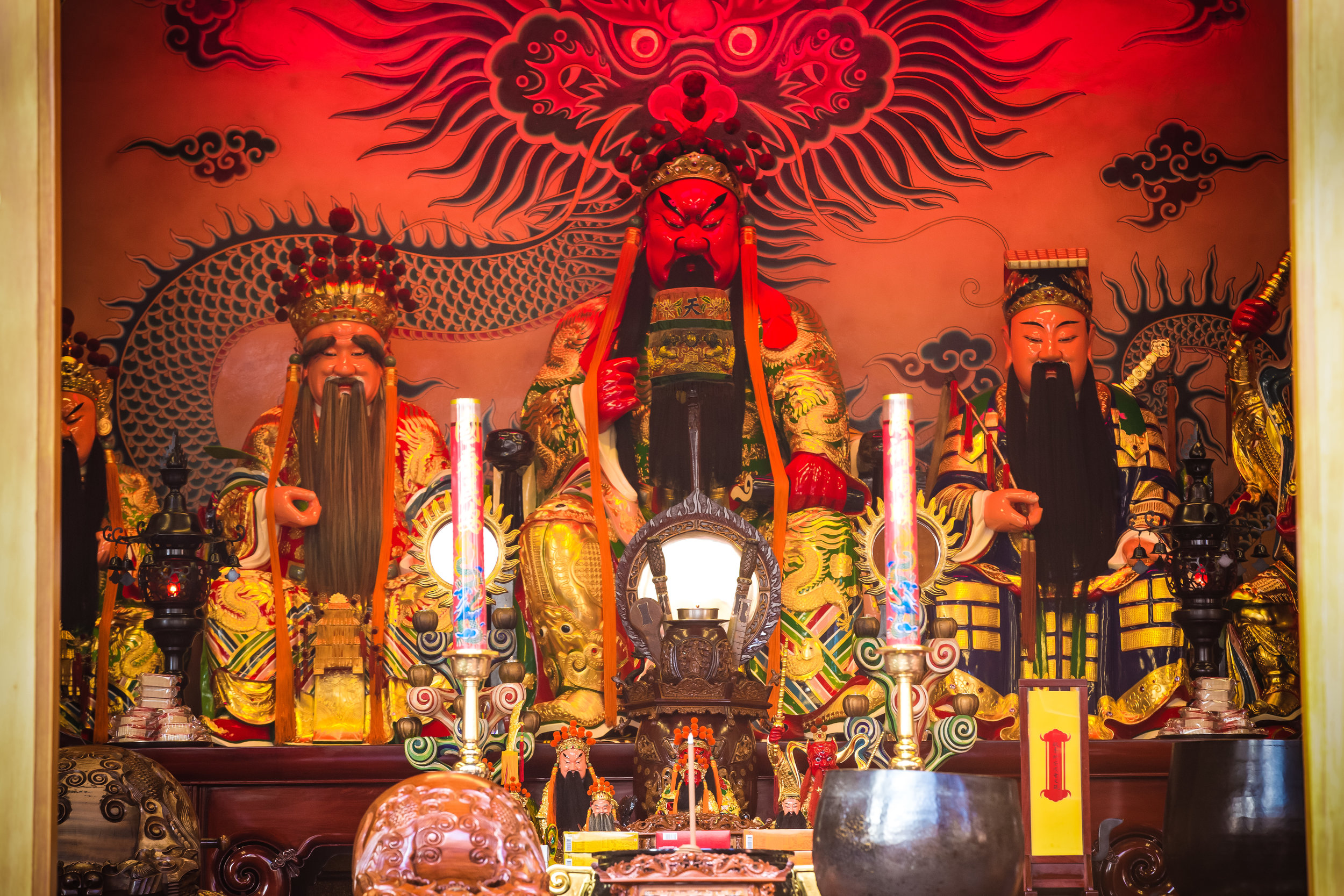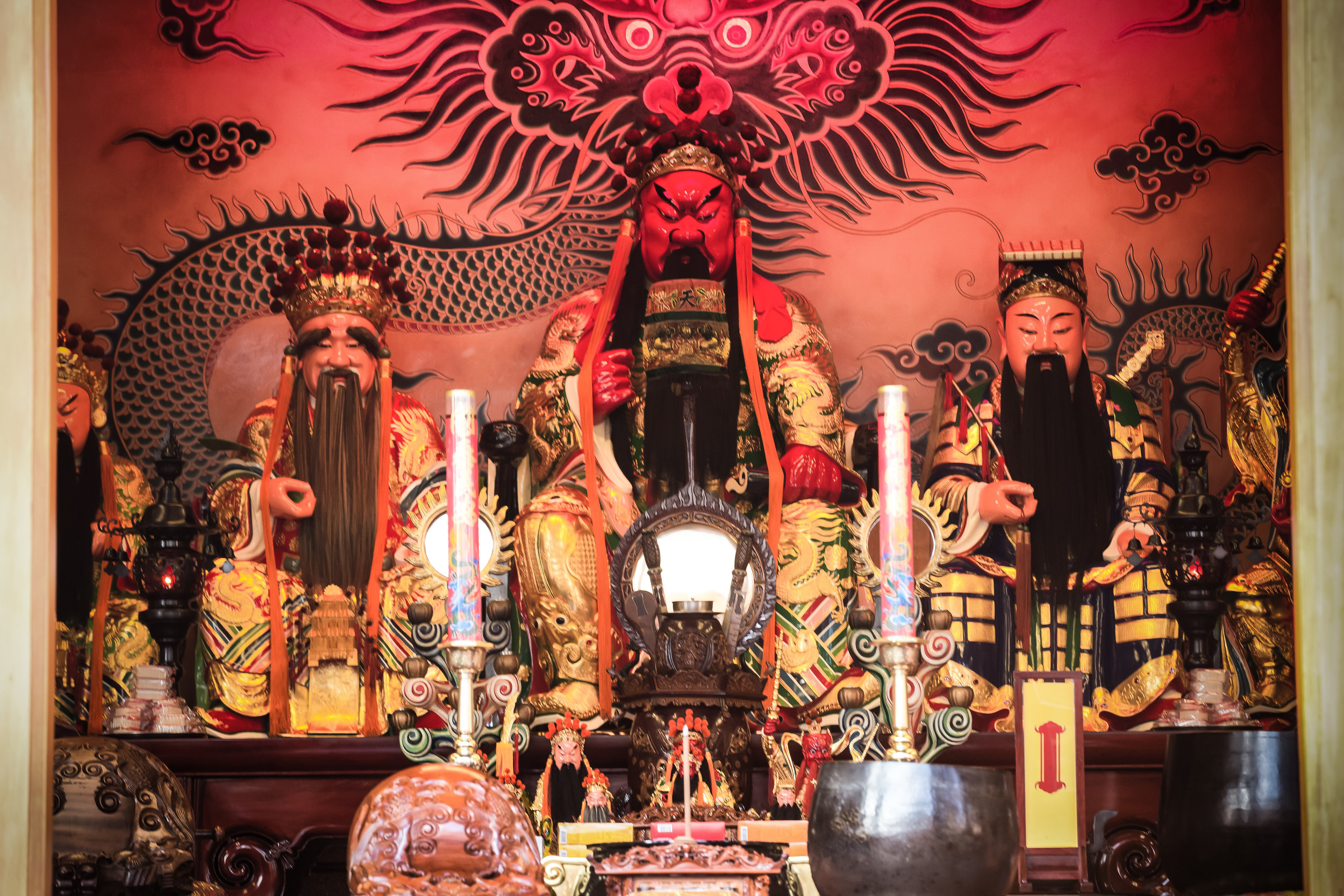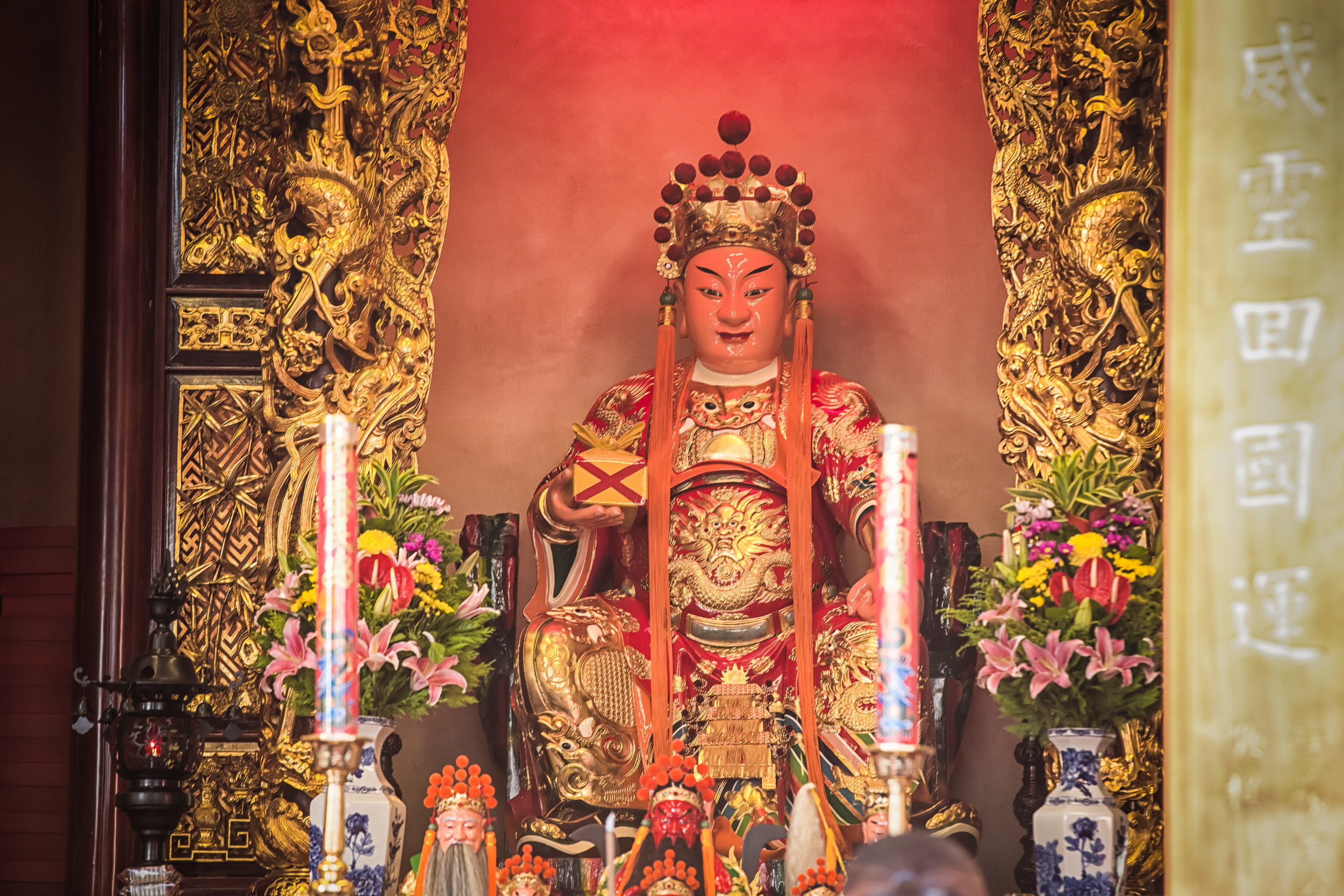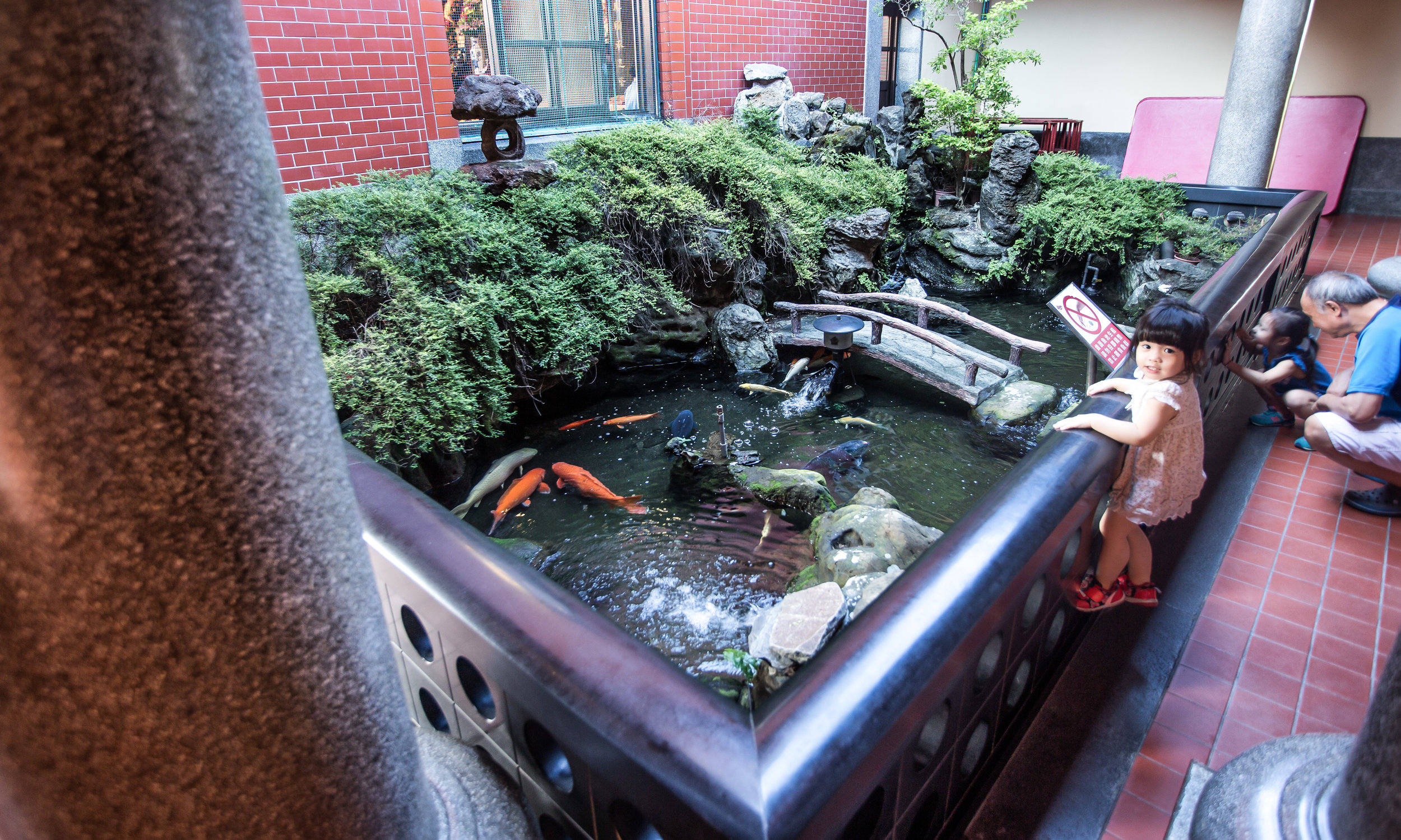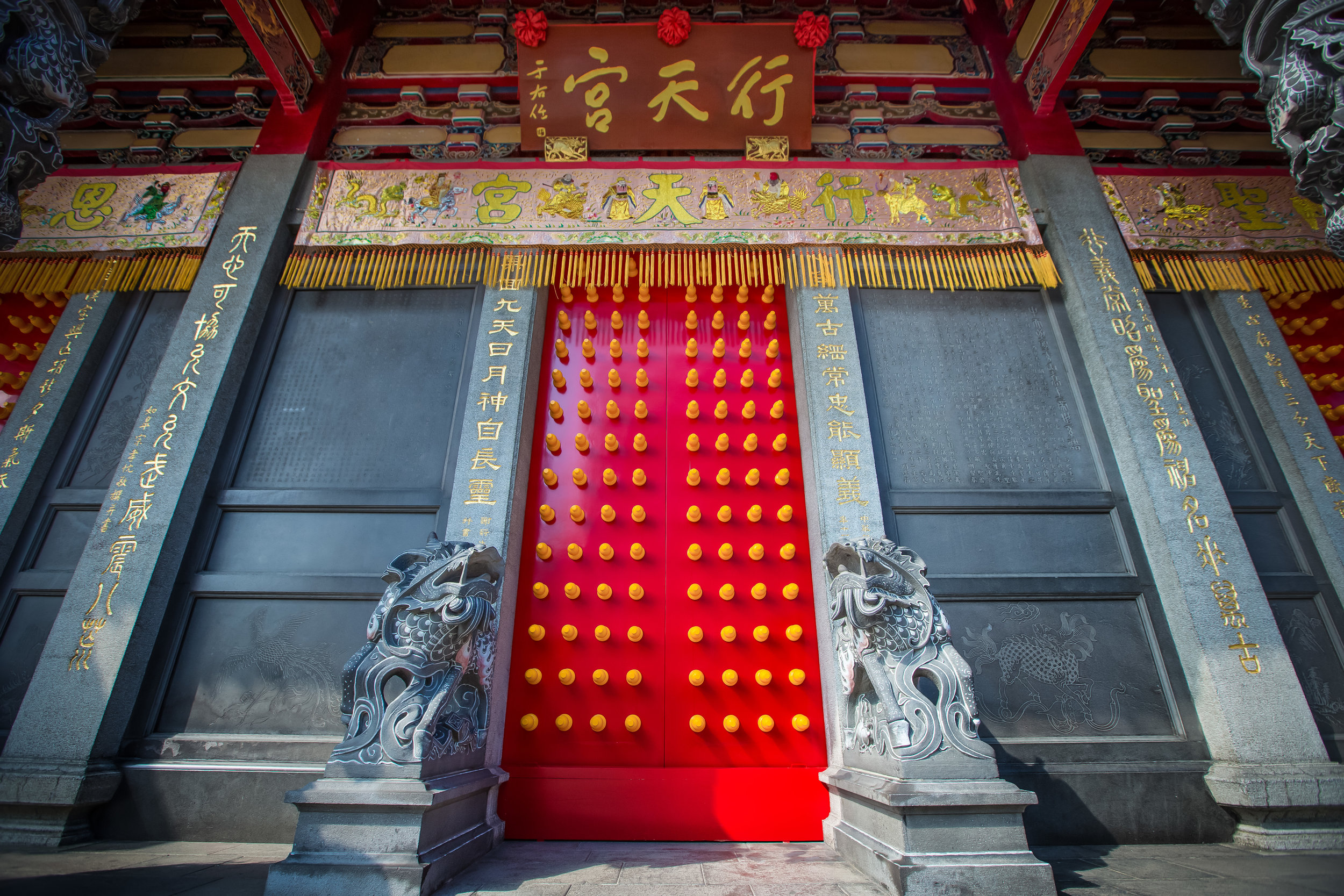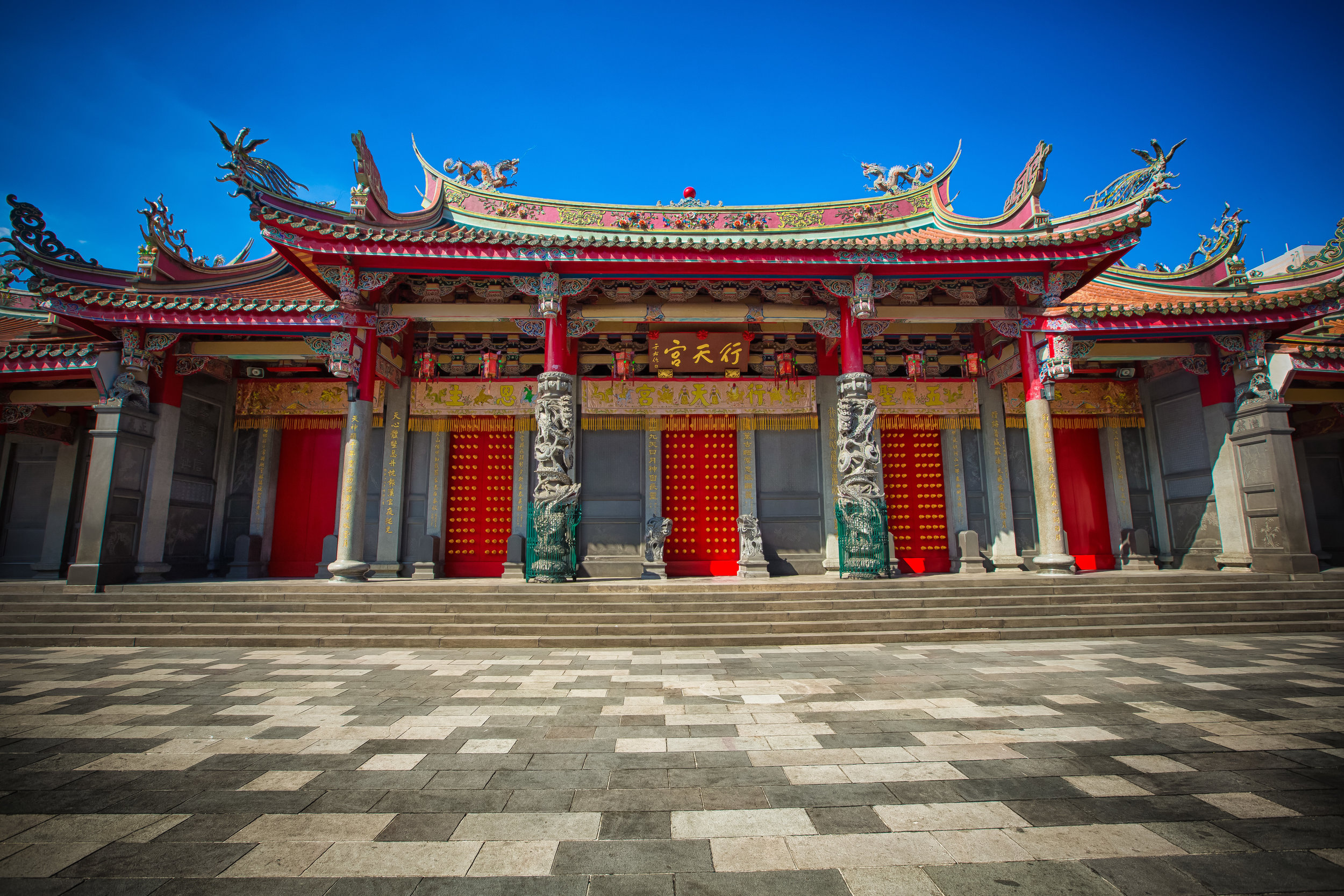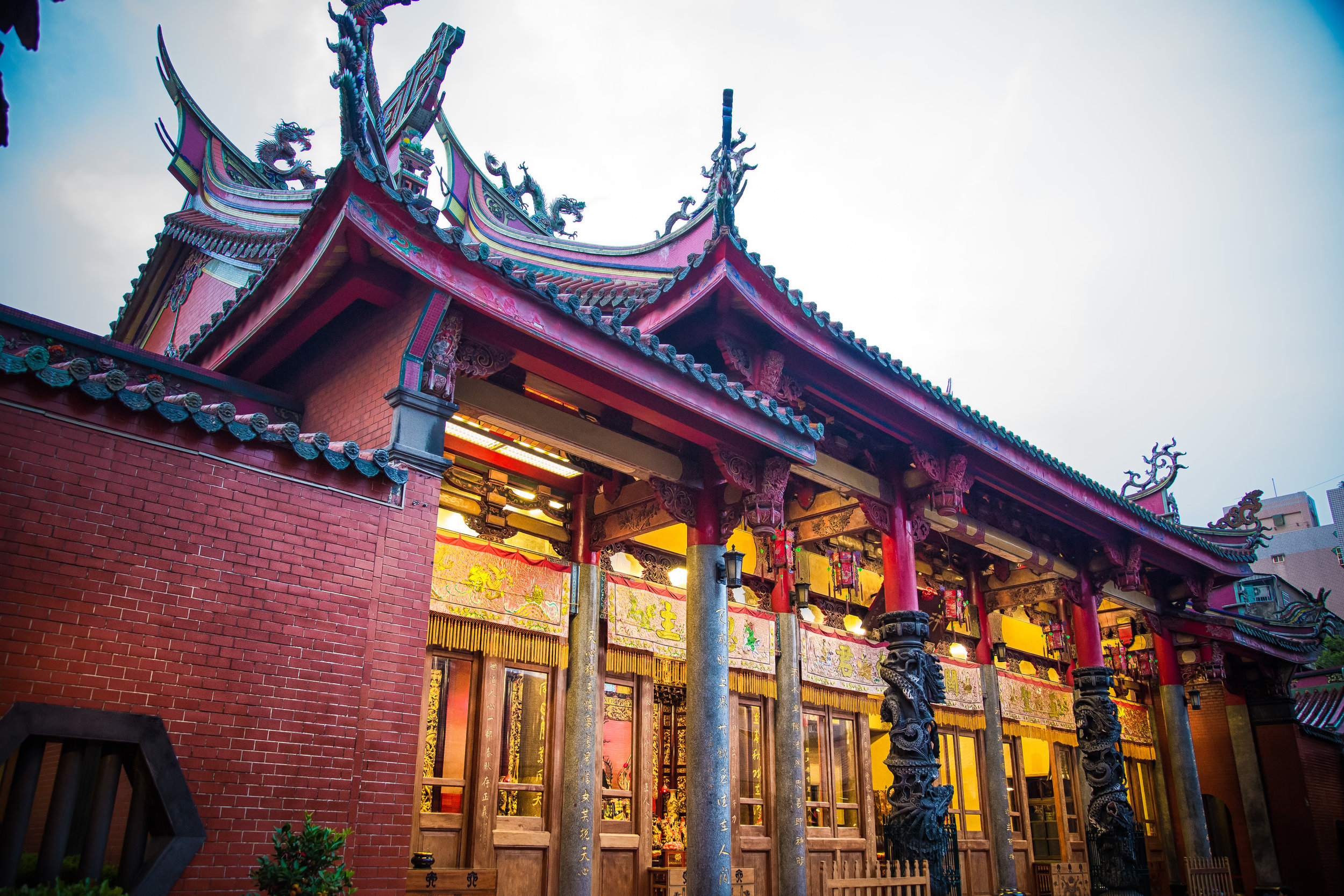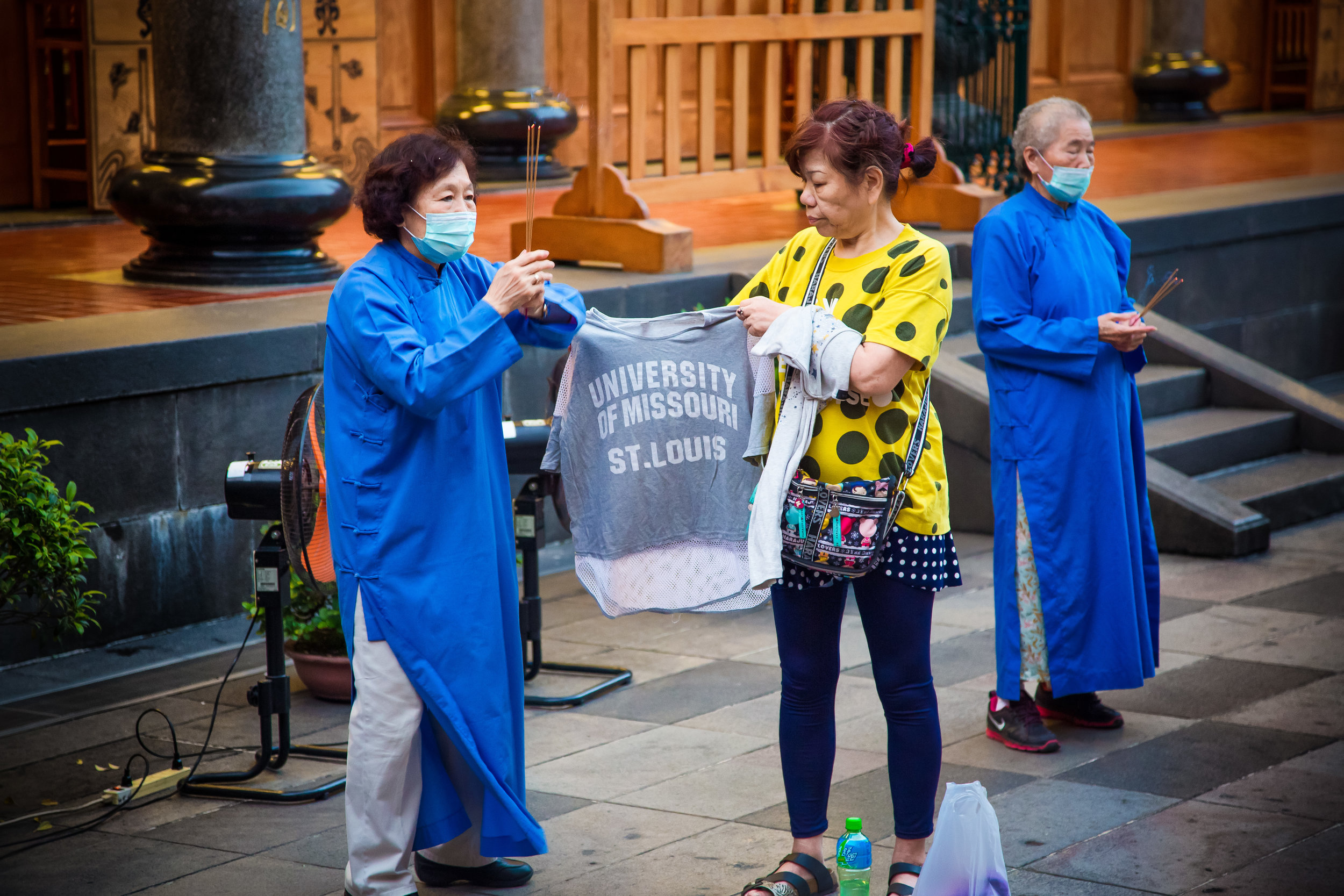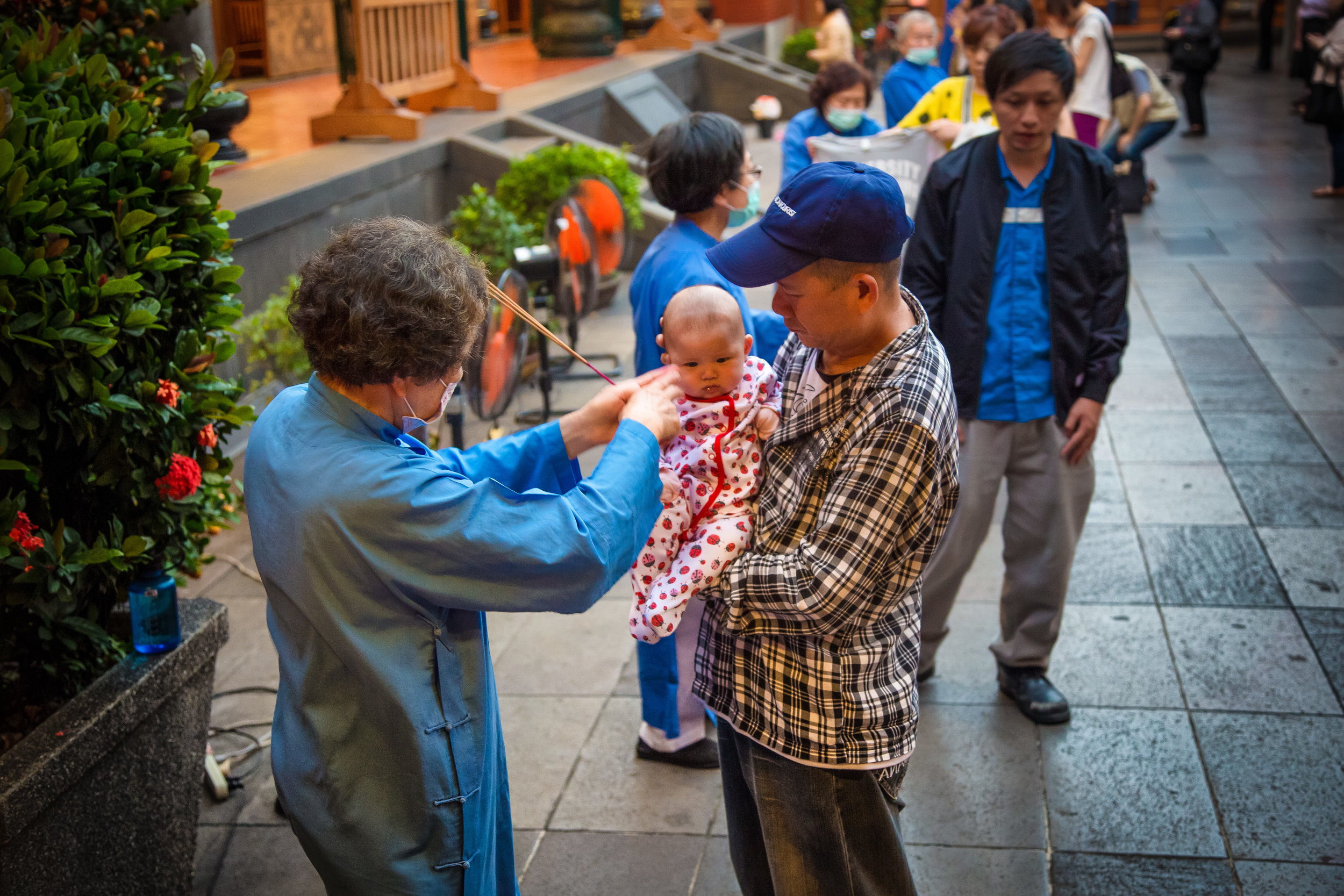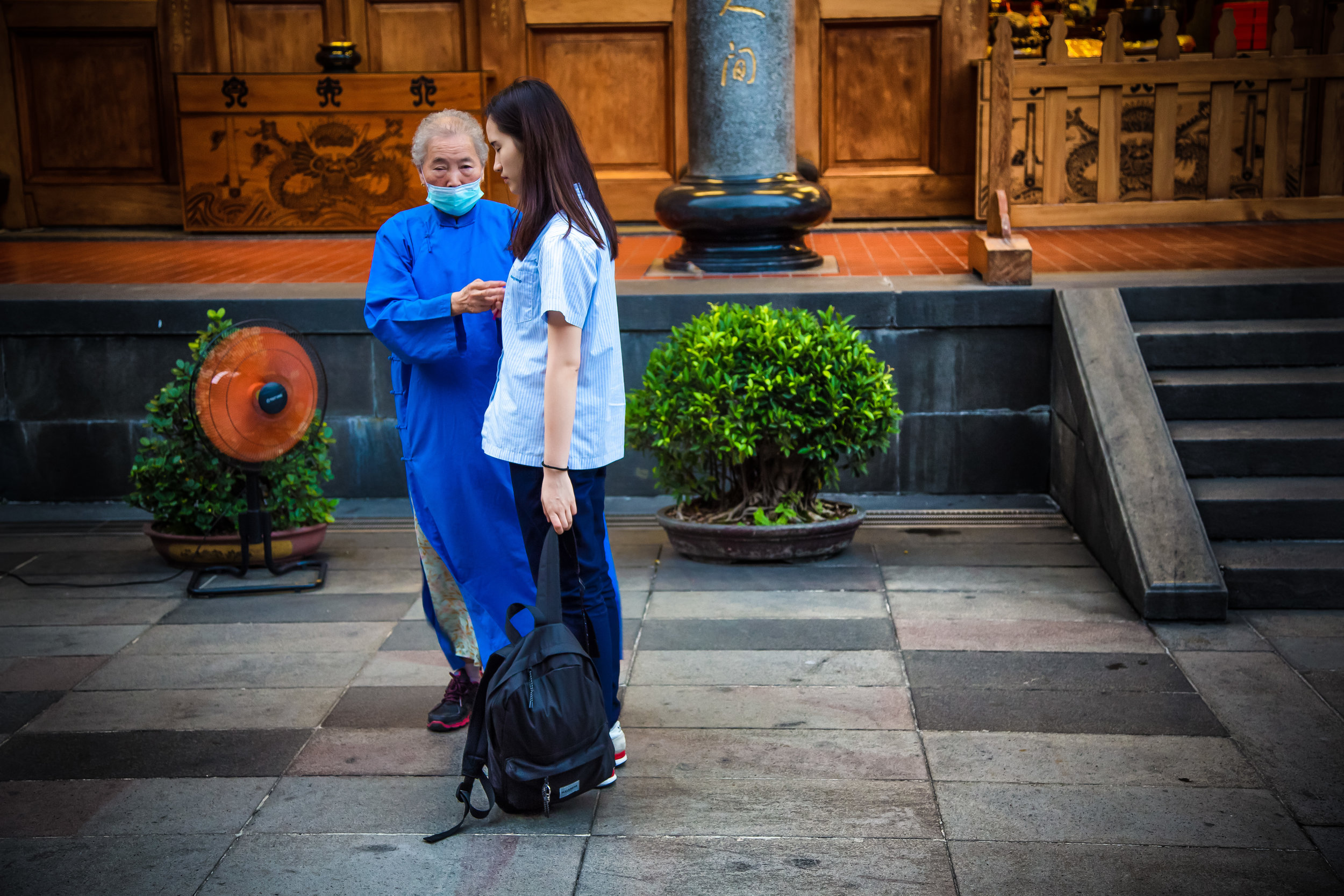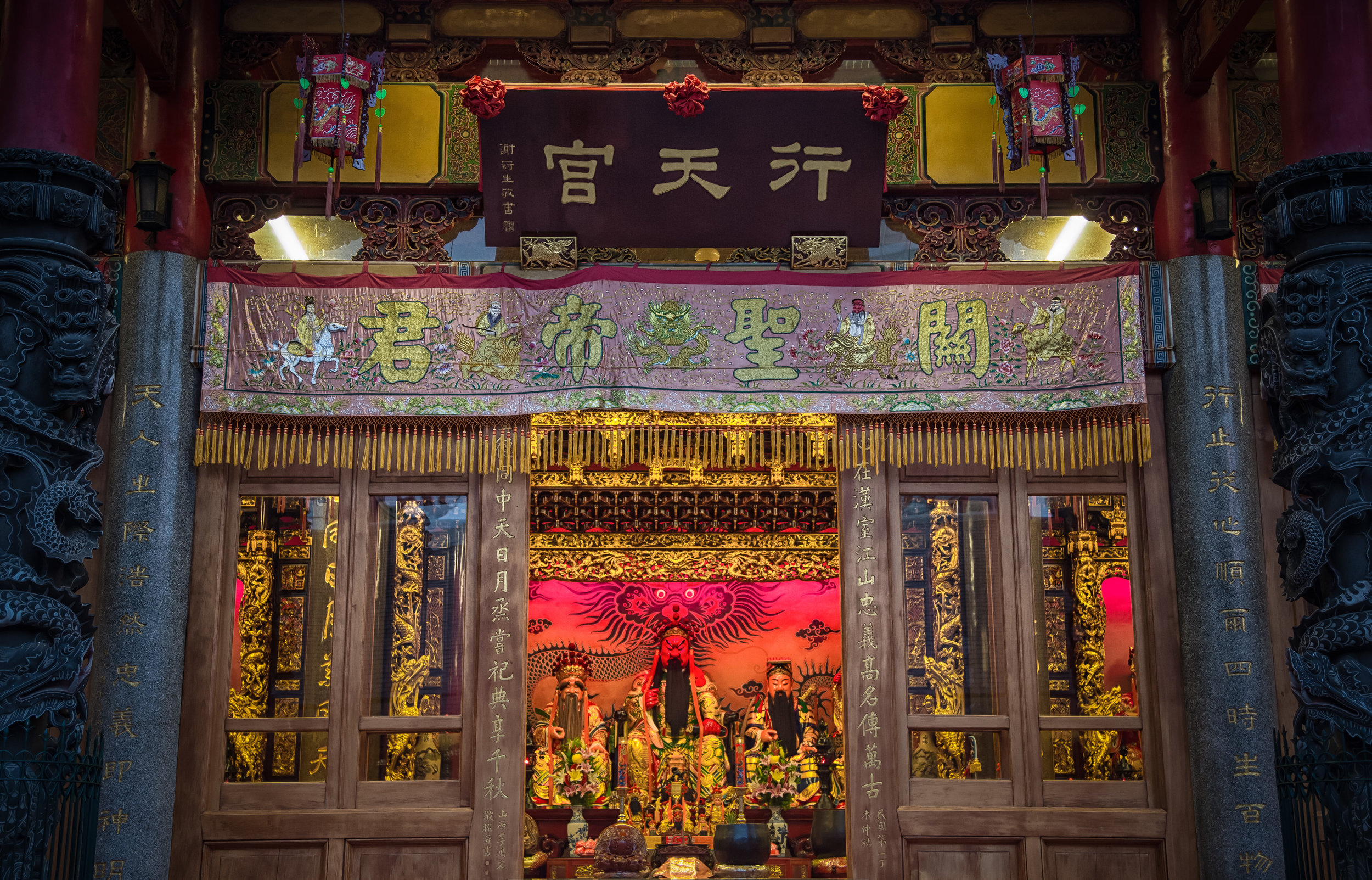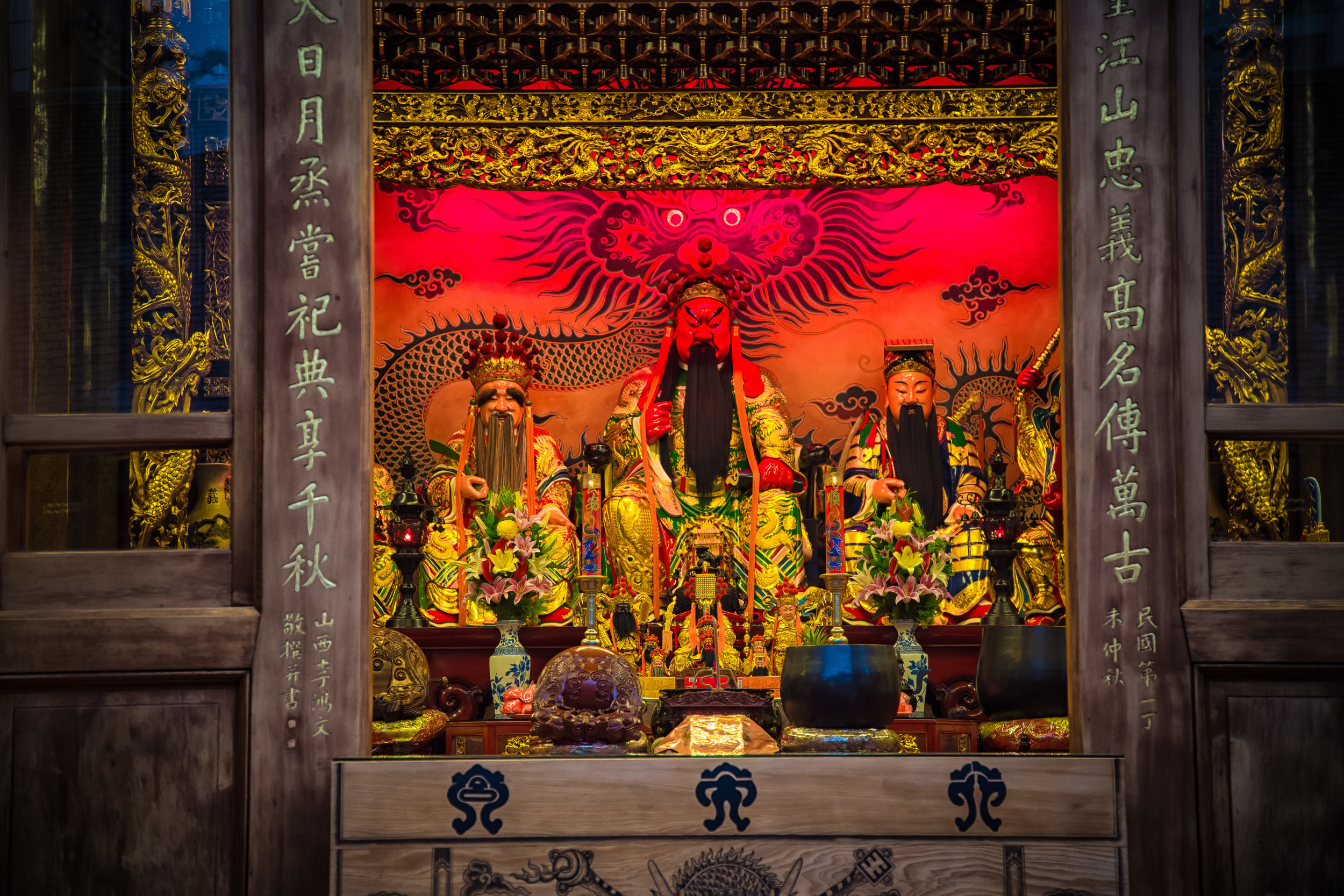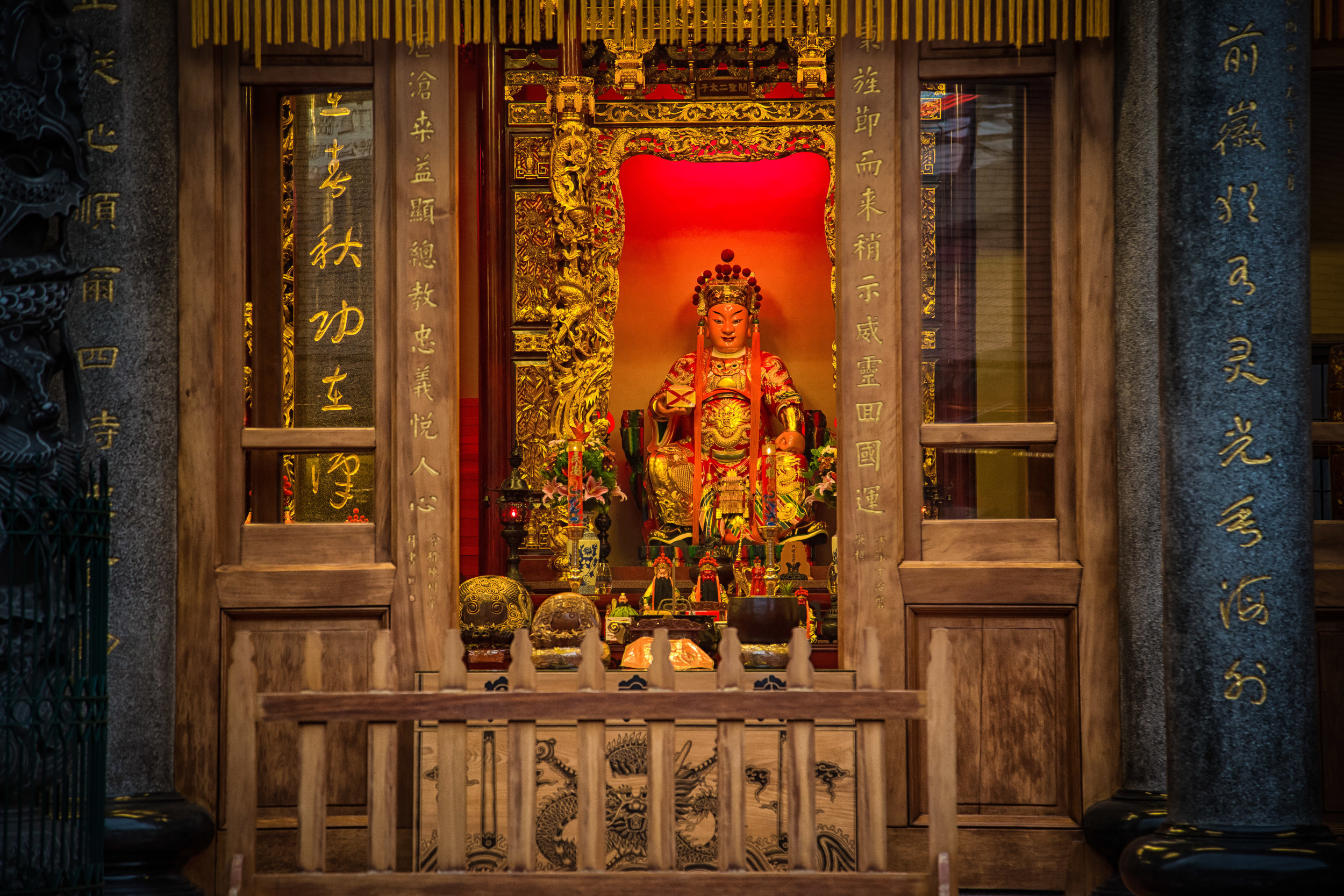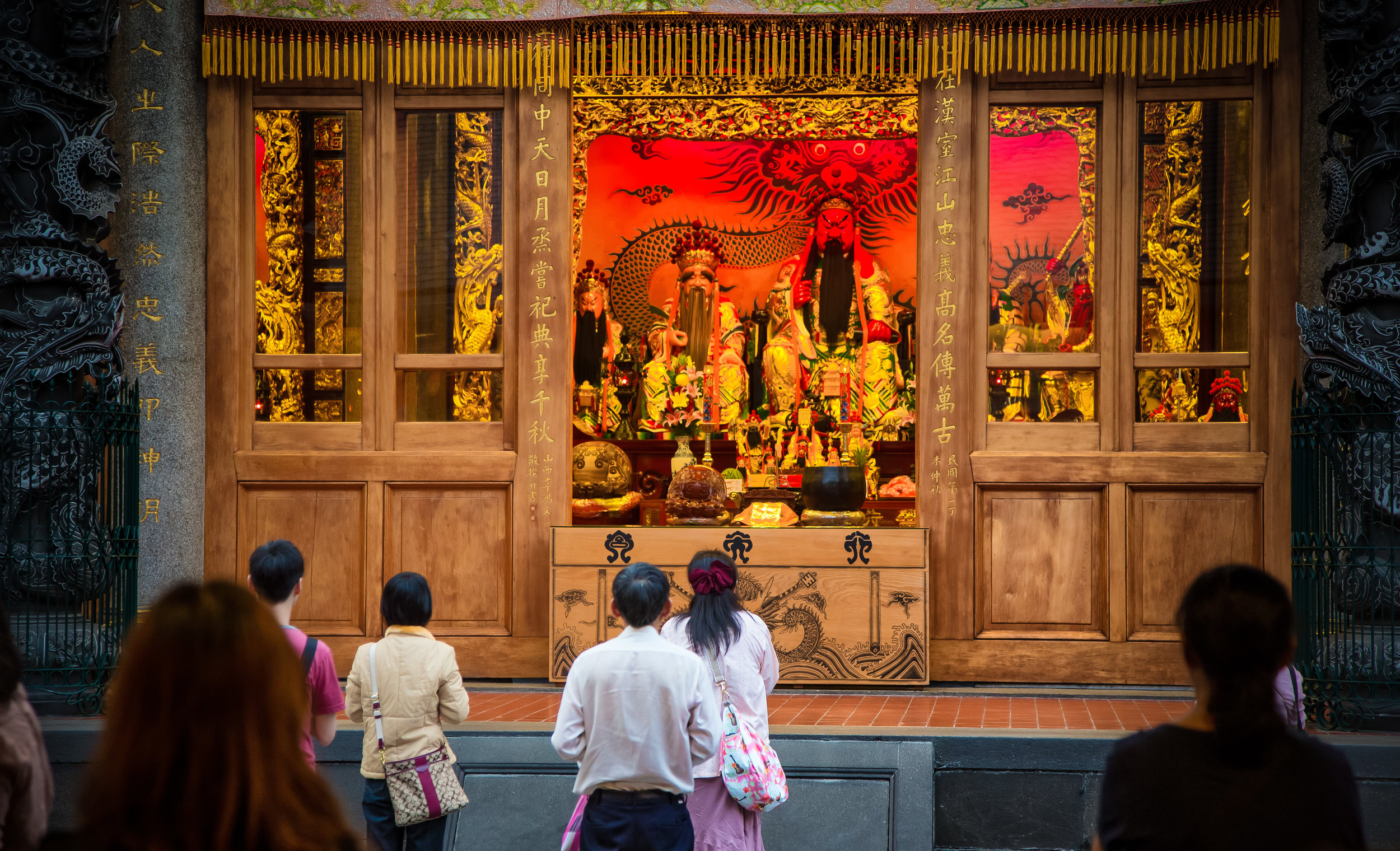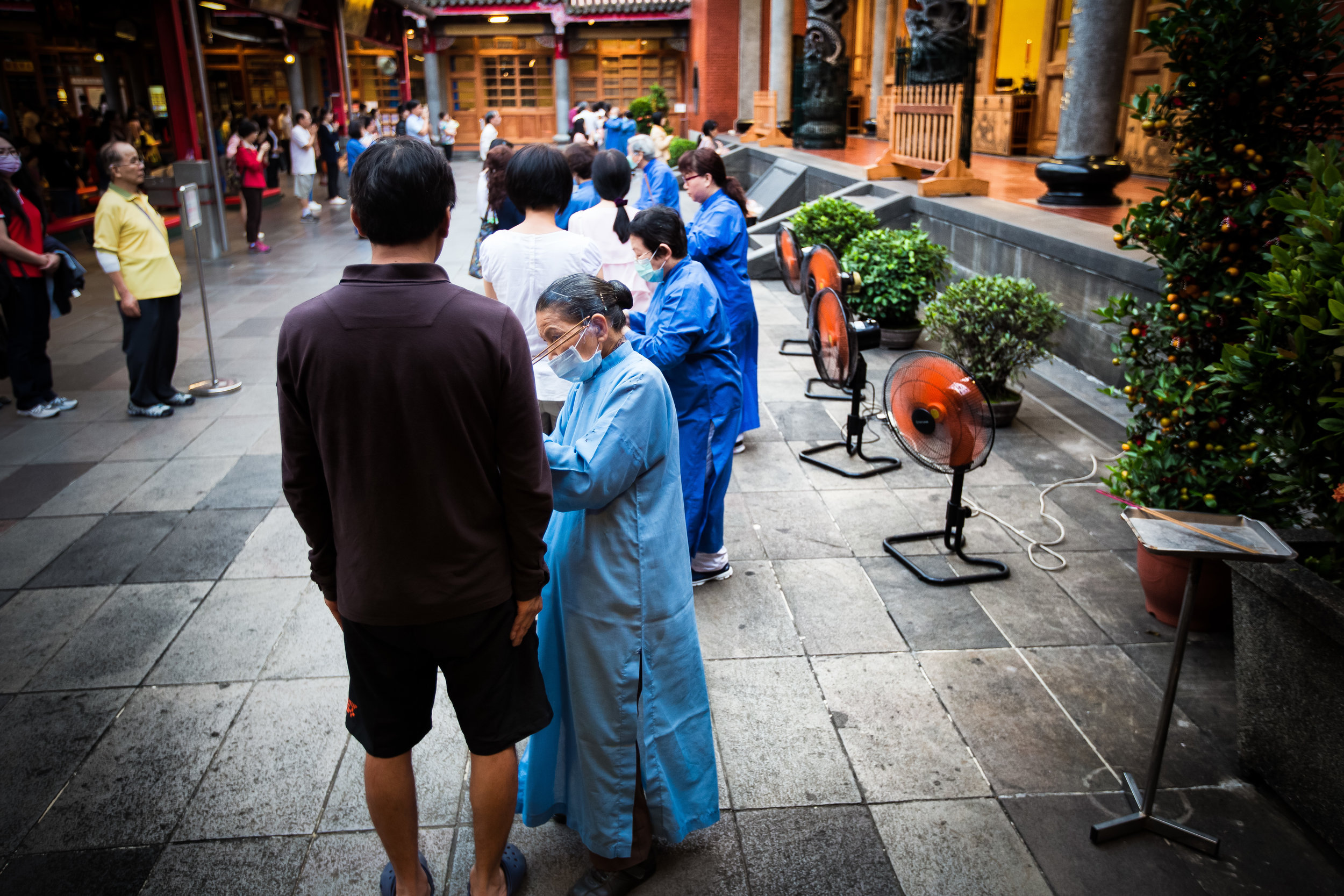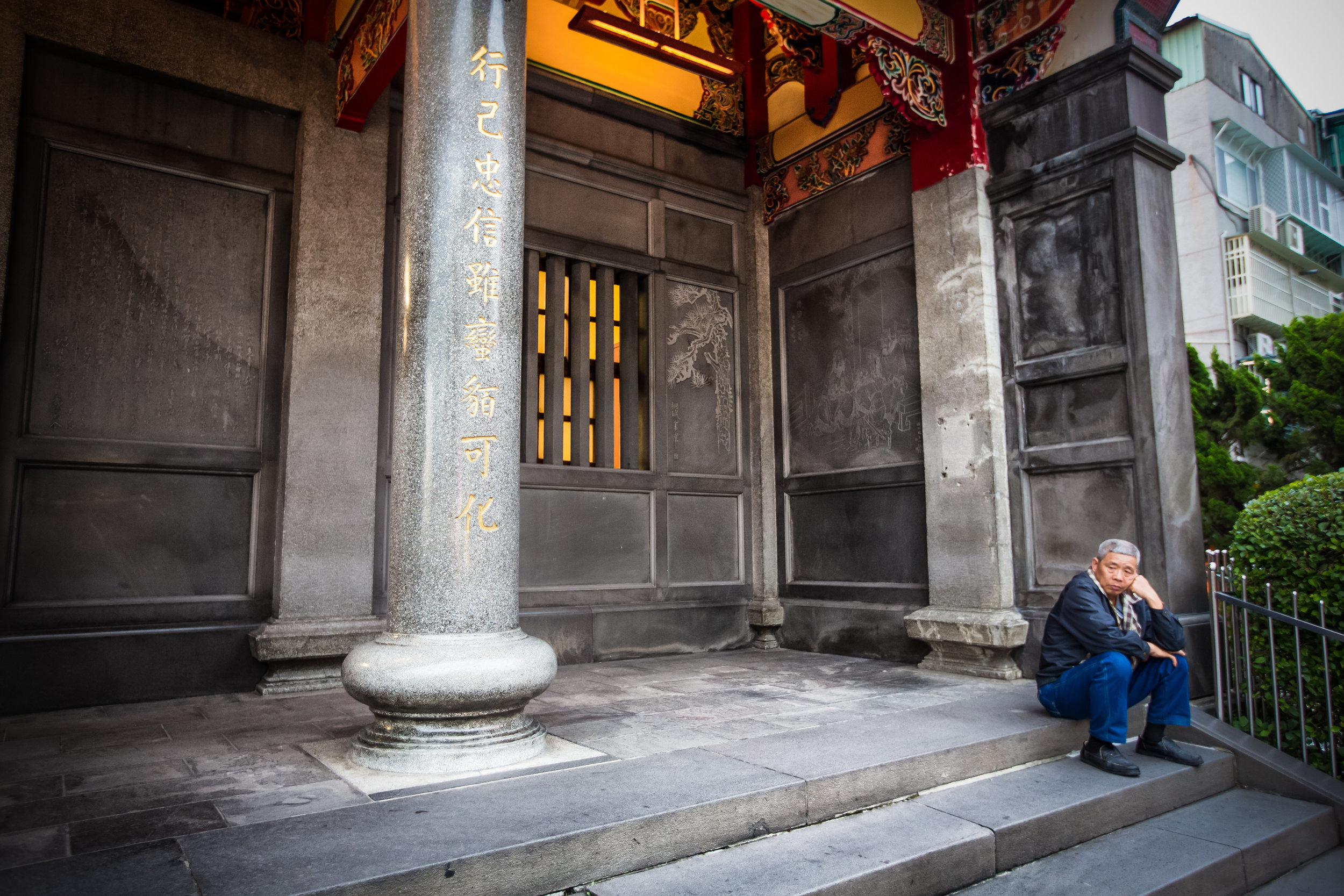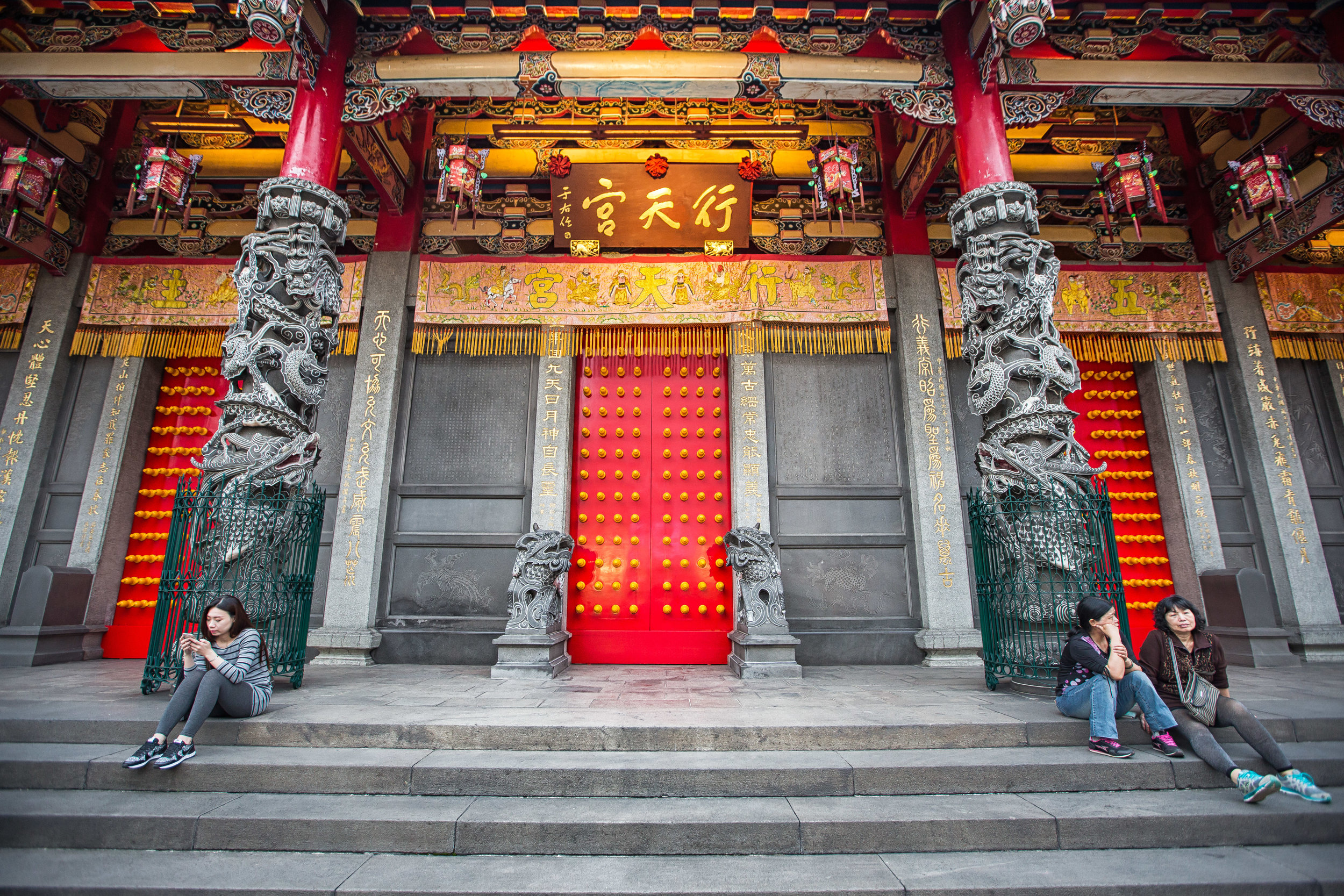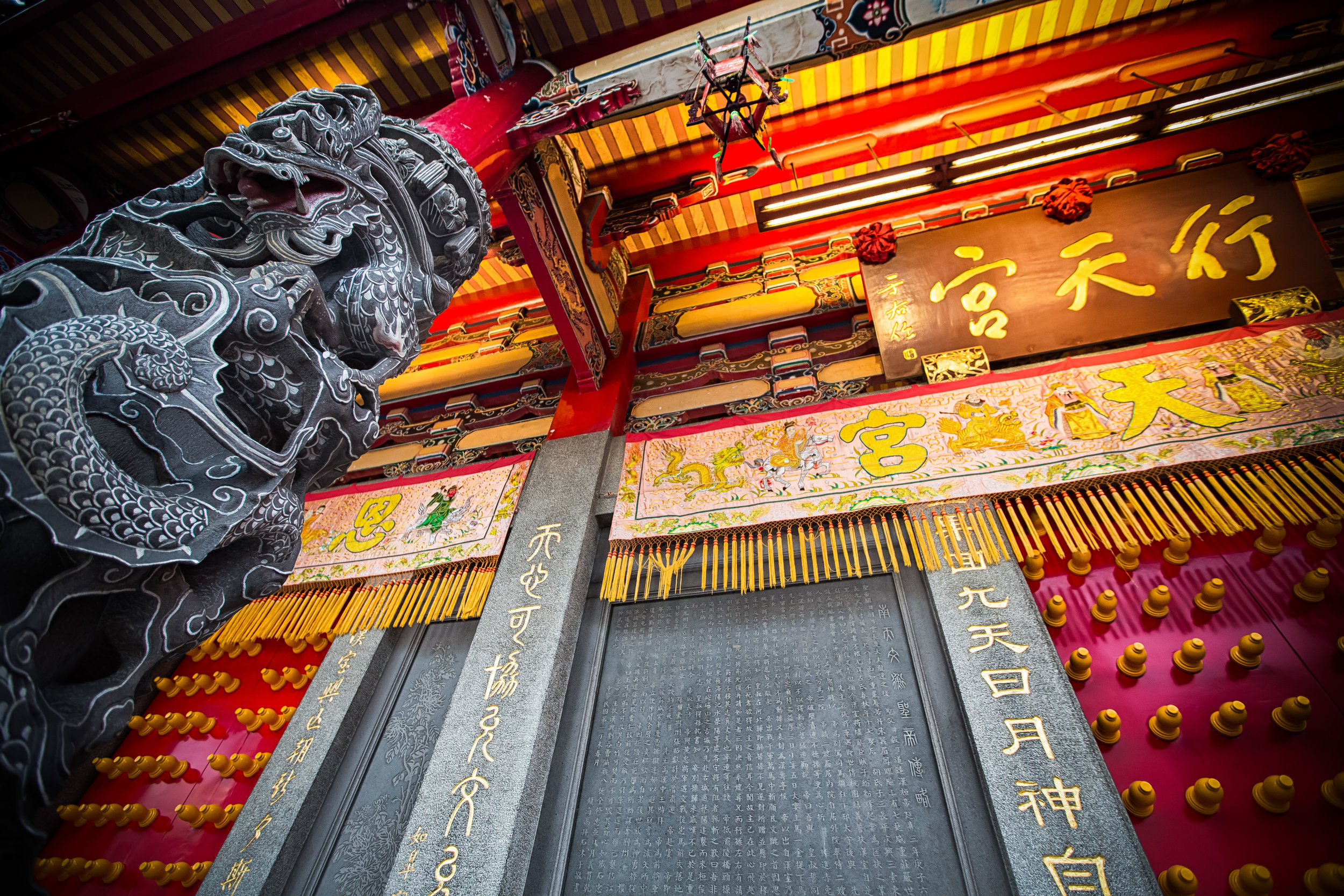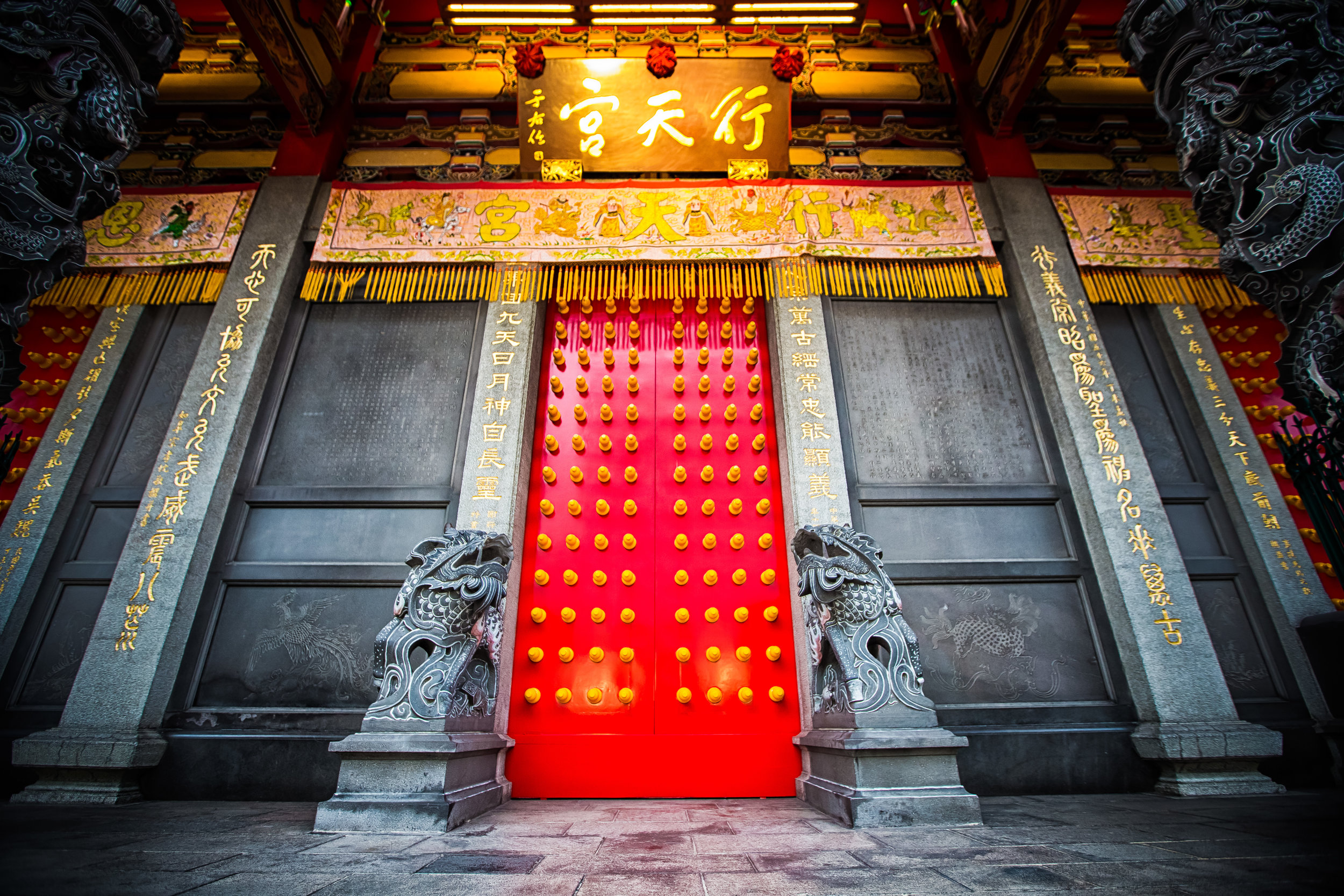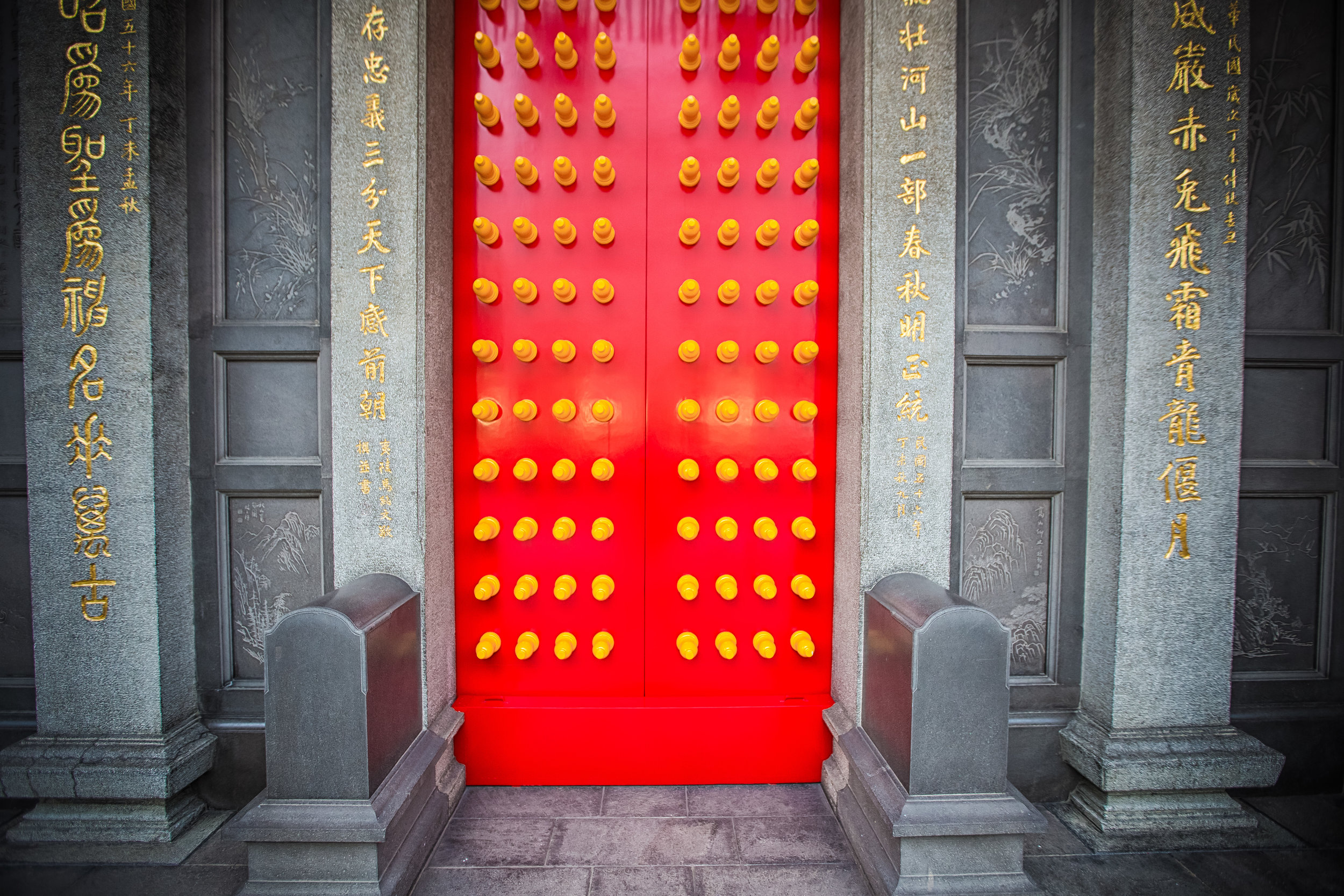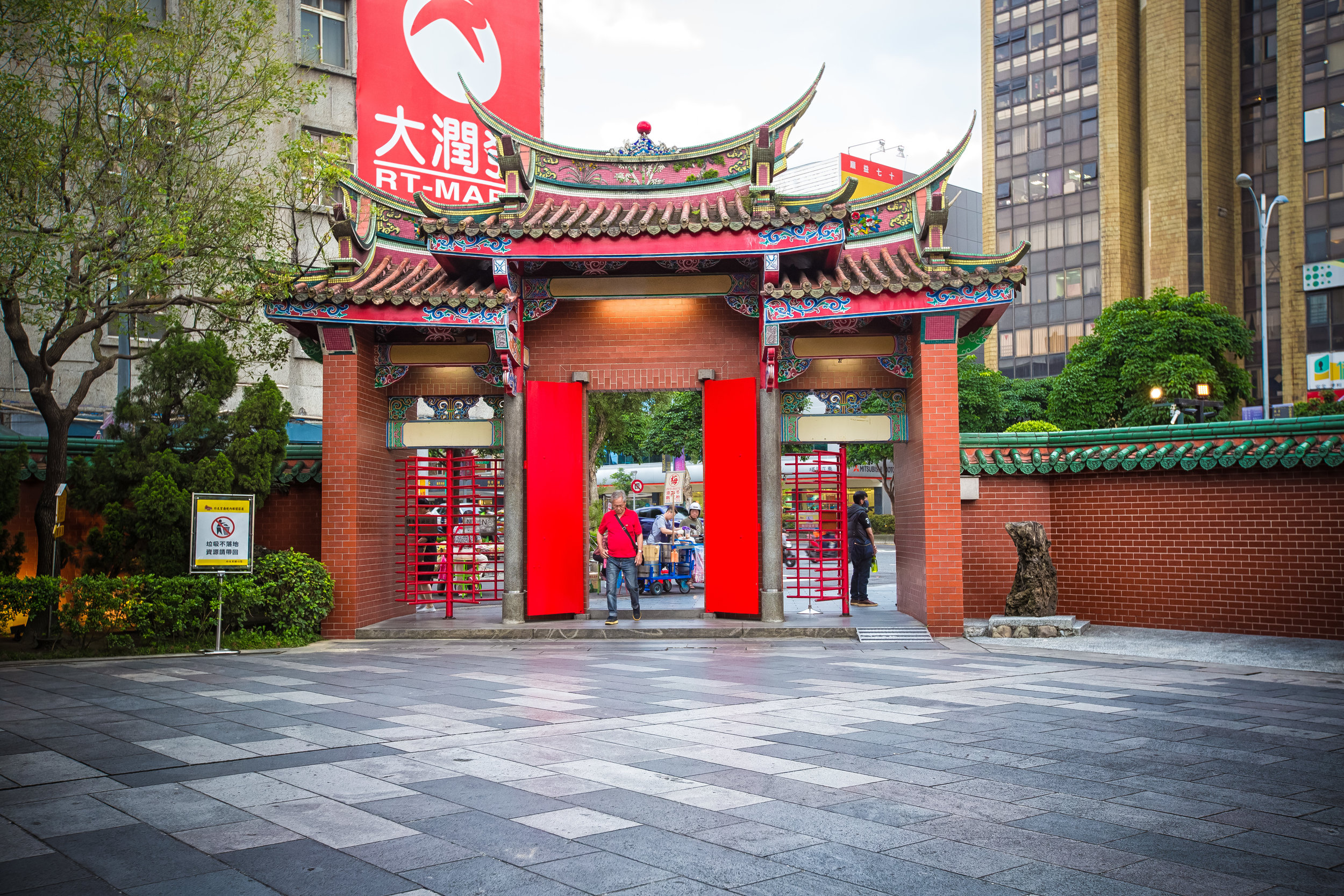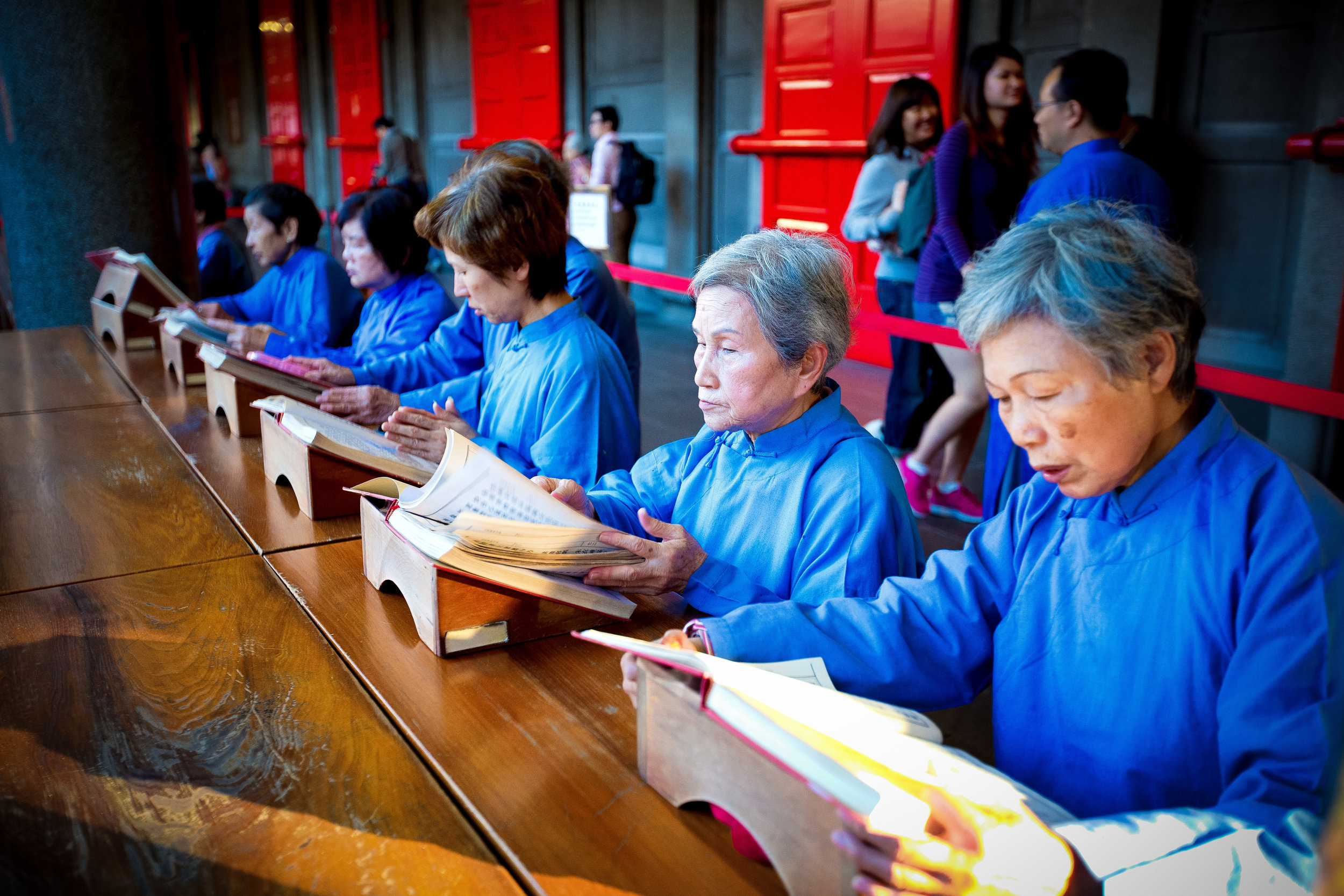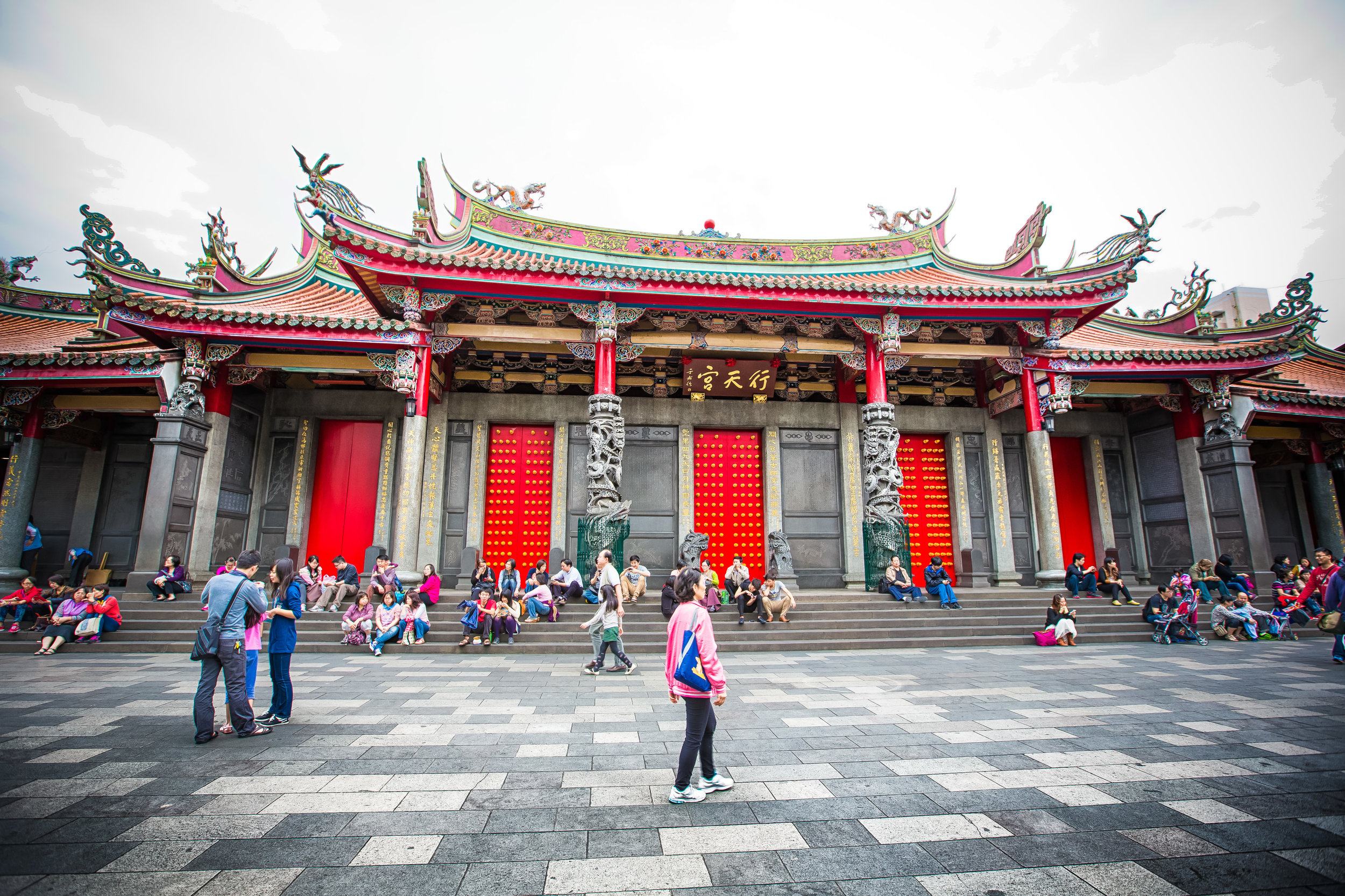While having a conversation with my family recently, my sister noted that my grandma’s church had closed down and that she had to find a new place of worship to devote her weekends. As I chatted with them, I couldn’t help but laugh as I thought to myself, “You mean, it went out business?”
I have vivid childhood memories of my parents giving a loonie (one dollar coin) to my sister and I every Sunday morning when my grandma rolled up in the driveway to take us to sit through our hour of misery.
I remember sitting there in church bored of my mind and when they started passing around the collection plate I always wanted to make an attempt to just pretend putting my dollar in and passing it along.
I could have done so much with that dollar, but I had to give it to the church and I had no idea why.
If you’re like me and were forced to sit through church services like this in your youth, its likely that the decline of the church in recent years doesn’t really surprise you all that much. They tried to change and make it something that the youth of today could enjoy, but the larger public seems to be of the opinion that it was too late. Few people these days want to waste one of their precious days off being lectured to by some guy who lives a life of luxury.
The fact that churches are closing and congregations are shifting from one place to another should be a pretty good indication that not only are the number of church-goers in decline but so is funding.
Here in Taiwan, the situation is almost the exact opposite.
There are well-over ten-thousand places of worship squeezed into this tiny country and it would be considered extremely rare for anything remotely similar to happen to them. In fact, despite there being more temples than there are convenience stores in Taiwan, new temples are constantly being opening up.
Taiwan has its fair share of historic places of worship, but when it comes to the “new” temples, it seems like the pervasive attitude is to “go big or go home” as it would appear that every new construction project attempts to outdo the others in terms of the size of opulence of these palace-like structures.
I’m not really sure when this trend actually started, but I’m guessing it might have been around 2012 when the newly expanded version of Linkou’s Guanyin Temple opened to a considerable amount of fanfare and nationwide attention.
The temple, which a decade earlier was a small and simple (yet popular) place of worship, transformed into one of the nations largest and most opulent. When it reopened, people came from all over the country to line up and check out what all the fuss was about.
In the years since, the Linkou Guanyin Temple has been recognized as one of Taiwan’s ‘100 Most Important Places of Worship’ and continues to attract visitors from far and wide as a place of pilgrimage, a tourist attraction and a model for all the others to emulate.
For most tourists, an excursion to Linkou, a suburb of Taipei, was never really that attractive, but now that the Taipei MRT is now connected to the area and the Mitsui Outlet Park is open for business, there is a lot more incentive for people to visit the area.
If you are going to visit Linkou, there is no more important place to visit than this temple.
The sheer size and beauty as well as its adherence to traditional architecture is a sight to be seen and once you do see it, all those ‘miniature’ temples in Taipei might not seem as impressive anymore.
“Linkou Guanyin Temple” (林口觀音廟)
While the official name of the temple is “Zhulinshan Guanyin Temple” (竹林山觀音寺), if you ask a local, you’ll probably also hear it referred to as the “Linkou Temple” (林口廟), “Linkou Guanyin Temple” (林口觀音廟) and “Zhulin Temple” (竹林寺), among others.
The official name however is actually very interesting - geographically speaking.
Of course the “Guanyin Temple” (觀音寺) part of the name just speaks to what you’ll find inside the temple.
The first three characters though, “zhu” (竹), “lin” (林) and “shan” (山) literally (and conveniently) translate as “Bamboo Forest Mountain,” but doesn’t actually mean what you think it does.
Each of the three characters are taken from the names of the neighbouring villages in the vicinity of the temple, namely Luzhu (蘆竹), Linkou (林口) and Gueishan (龜山). Even though the temple is situated in the area of New Taipei City (新北市) that we know today as Linkou District (林口區), in the past, geographic divisions were quite different, so it was intended as a place of worship to serve the people of those three villages.
Like the name, the history of the temple is just as interesting.
Even though the building we see today was the result of a one hundred million dollar reconstruction project that started in the year 2000, the history of the temple (claims to) dates back to 1738 when the early waves of Hokkien immigrants started settling in the area. The dates you will find in literature about the temple however are somewhat convoluted and exaggerated, so let me take a minute to explain its history.
Does the temple actually date back to 1738? Not exactly.
The ‘1738’ date actually refers to the year when three statues of Guanyin were brought to Taiwan from the original Longshan Temple (龍山寺) in China’s Fujian Province (福建省) and placed within the newly constructed Longshan Temple (艋舺龍山寺). What does that have to do with this temple you might ask?
I suppose the reasoning was because when the statues arrived in Taiwan, they went out on tour of the surrounding villages to spread some love - Linkou was one of these neighbourhoods and the arrival of the statue helped to promote Guanyin worship in the area.
Another date you’ll find in the literature about the temple is the year ‘1801’ but once again, that doesn’t actually refer to when the temple was built - That date only refers to when the local community formed a religious organization to help fund and support the Longshan Temple in Taipei.
These close relations became even more important later in 1853 when riots broke out in what is now known as Taipei’s Wanhua District. The infamous “Ting-Hsia Conflict” (艋舺頂下郊拚) or “Bangka Riots”, took place due to ‘disagreements’ between different factions of the areas Hokkien immigrants who were vying for control.
The reason why this is important with regard to the origin of this temple is because the Hokkien immigrants from the Linkou area were requested to come help out with reinforcements. When everything eventually settled down, they were gifted with one of the three statues of Guanyin that came to Taiwan from the original Longshan Temple in China as a gesture of gratitude and a temple was constructed to house the statue.
In 1937, during the Japanese Colonial Era, the government instituted its “kominka” (皇民化運動) policy which purpose was to forcibly convert the people of Taiwan into full fledged Japanese citizens. This meant that all aspects of the local Indigenous, Hokkien or Hakka cultures, languages and religions were banned.
During this time, most of Taiwan’s local religious networks went underground and in this case, the locals successfully hid the statue of Guanyin by passing it around for two years, before it was eventually discovered by authorities.
Once discovered, the people pleaded with the government to spare the statue using the argument that Guanyin is an important Buddhist figure, who is also sacred in Japanese culture. In the end, rationality prevailed and the Japanese relented, but the compromise was that a Japanese-style temple would constructed to house the statue.
With the Japanese takeover, the statue of Guanyin was relegated to secondary status as the temple was primarily dedicated to Amaterasu (天照大神), the Shinto Goddess of the sun. For a short time after, the temple was named “Linkou Longshan Temple” (林口庄龍山寺) but would later be renamed “Zhulinshan Temple” (竹林山寺) in 1939.
When the Second World War ended in 1945 and Japan was forced to relinquish control of Taiwan, the people in charge of the temple held a ceremony to respectfully remove the Shinto elements and restore Guanyin to her former throne. Then, in 1946 it was decided to convert the building into a traditional Hokkien-style temple in a project that took three years to complete.
Over the next few decades the temple became renowned and its base of followers expanded, which in turn meant that the amount of donations coming in were rather significant.
In the 1970s, due to the deterioration of the temple, a restoration project took place to solve some structural issues - it was well-known however that a more permanent solution was required to accommodate the number of visitors as well as ensuring for the future of the temple.
This ultimately meant that a new temple would eventually have to be built.
Planning and fundraising for the massive project started in the 1990s but it wouldn’t be until the turn of the century that construction would actually start. On September 28th, 2000, construction of the new temple commenced and would take over twelve years to complete, costing more than two billion dollars ($65 million USD).
Once completed, the massive 66,000 square meter temple complex consisted not only of the massive new temple but also a library, administrative centre, performance area, large Taiwanese-style garden and a couple of large parking lots.
The anticipation for its re-opening was felt all over the country and people came from all over to check out the newly opened Hokkien-style palace, which boasted some of the most impressive traditional architectural design in the whole of Taiwan.
Official Timeline
1801 - Longshan Temple Friendship Association is formed in Linkou.
1853 - For their assistance in Ting-Hsia Conflict, Linkou is gifted a statue of Guanyin.
1937 - Kominka Policy takes effect in Taiwan and religious activities are banned.
1939 - Japanese-style temple is completed and the temple is renamed.
1945 - The Japanese Colonial Era comes to an end.
1949 - The temple is converted into a Hokkien-style building and renamed again.
1984 - The temple expands by adding an administration centre and library.
2000 - Construction on the new temple starts.
2012 - The construction project is completed and the temple officially opens to the public.
Design
So, I realize I just talked a lot about the history of this temple and yeah, it is important, but we can’t discuss this temple without going into detail about its architectural design - If you ask me, the jaw-dropping beauty of this temple is infinitely more important than its history and it is one of the main reasons that so many people are attracted to visit.
The temple goes out of its way to showcase Taiwan’s traditional architectural design and religious art with beautifully engraved stone dragon pillars, ceramic figures on the roof, wooden sculptures and carved murals of birds, animals, insects and fish as well as one of the biggest and most beautiful traditional ‘octagonal ceilings’ that you’ll find anywhere.
The reconstruction of the temple also spared no expense in the material used for its construction.
It is highly regarded as one of the most prominent examples in Taiwan for its usage of Taiwanese cypress and camphor wood as well as bluestones (青斗石) from China. To prove its unique status in the area, the temple boasts the longest cypress alter in the country measuring almost 13 meters in length.
It is said that it took twenty artisans more than 10,000 days to complete.
It is also the only temple in Taiwan where you’ll find such a large quantity of cypress aged over a thousand years old.
(I feel bad for the trees though)
In general, the temple was carefully designed adhering strictly to the Hokkien style (閩南式) that is common in Taiwan - In this case it follows the ‘Three Hall’ design (三殿式) which consists of the Front Hall (前殿), Worship Hall (拜殿) and Main Hall (正點) with two passage ways (走廊) on the eastern and western sides. If you look at the temple from above, the design makes it look like the Chinese character “回”.
Due to the size of the temple however, the passage ways and the main hall are each three-stories high with only the front hall appearing a bit smaller.
Likewise the roof of the temple, which is often one of the most defining features of the Hokkien-style of architectural design, follows the typical hip-and-gable style. In this case though, due to the length of the temple, the roof is split into five different sections with the two outer sections an equal height while the height of the roof progressively rises until it reaches it apex in the middle.
Each of the four outer sections on either side of the ‘Front Hall’ is home to a door while the middle section has three doors which means that there are seven doors in total - something that isn’t very common in Taiwanese temples.
You’ll want to pay close attention to the beautiful designs near the doors on the far left and far right wings as they are the ‘Dragon Door’ (龍門) and ‘Tiger Door’ (虎門) which are the traditional entrances and exits of a temple.
Note: In Chinese, they say “龍門進虎門出“ (lóng mén jìn hǔ mén chū) which means that you should enter a temple through the “Dragon Door” (龍門) and exit via the “Tiger Door” (虎門). The reason for this is because entering the dragon symbolizes ”praying for happiness” while exiting through the tiger is thought to “ward off bad luck or misfortune”.
It is essentially a symbolic way of purifying yourself before you enter a temple. If you however were unaware of the rules and you entered through the tiger door, it would be considered to be bringing misfortune both for yourself and the temple, and thats not a good thing.
Likewise, the Middle Door (中門) is a space reserved for the gods or high-ranking government officials. If you’re wandering around a temple and you walk through the middle door, it could be considered bad luck because you’re blocking the view of the gods.
So, if you want to enter a temple, you should enter through the ‘Dragon Door’, which is on the far right. If you want to leave the temple, you should exit via the ‘Tiger Door’ on the left and if you want to make the gods angry, just walk through the middle door and try your luck.
Once you enter the temple, you’re likely to automatically feel completely overwhelmed by the beauty of what is in front of you. The covered “Worship Hall” (拜殿) is where most of the visitors to the temple will flock to as it provides ample space for prayer as well as placing offerings. The sheer scale of the ceiling over your head and the intricate designs and decorations on it is jaw-dropping. Likewise, the octagonal ‘Ba-Gua design’ (八卦藻井) on the ceiling is probably one of the largest that you’ll find in Taiwan.
While it is common to have a “Worship Hall” in temples like this, the architects took somewhat of a different approach to its scale and design - and we’re much better off for it.
This is one area where this temple shines and will undoubtedly impress anyone who visits.
While it may not seem like it, the Main Hall (正殿) is actually the highest part of the interior of the temple with the shrine room standing at 23 meters. The interior of the golden shrine room is elaborately decorated and has large thrones for each of the gods enshrined within.
The thing about the Main Hall though is that it isn’t very easy to appreciate its beauty and all the intricate details inside as it is off-limits to the public. You can however walk up to one of the several doors to take a peak inside - No matter which angle you’re peering in from though, it is difficult to get a very good perspective.
If you have a chance to look inside, you’re going to want to pay attention to the intricately designed wood carvings that surround each of the shrines. You’ll also want to look up at the ceiling where you’ll find yet another beautifully designed octagonal caisson.
Finally, the main star of the show is the giant statue of Guanyin, which in this case is known as the “Eighteen-Armed Guanyin” (十八手觀世音菩薩). You might be wondering why a Buddhist figure has so many arms with each holding what appears to be a weapon - especially since Guanyin is general seen as a source of unconditional love (An Asian version of the Virgin Mary if you will) - but that is an easy question to answer.
As a “Bodhisattva”, Guanyin has vowed to stay here on earth to help ease the suffering of all living creatures and help them attain enlightenment. In each of her hands, she is actually holding an object that is thought to contribute to the different kinds of ‘emptiness’ that prevents people from living happy lives and/or reaching nirvana.
The objects in her hands form a ’wheel’ or a ‘cycle’ that meets on both sides with two hands on her laps that symbolizes her perfect wisdom.
You could spend quite a bit of time looking at the statue and analyzing all its metaphorical and philosophical meanings, but if you ask me, the statue itself is a work of art and just looking at it to enjoy the fine craftsmanship is worth a few minutes of your time.
Shrines
For the untrained eye, it might seem like the shrine room is full of statues that all look relatively similar to each other, but like almost every other temple in Taiwan, this one consists of a healthy mix of figures hailing from Buddhism, Taoism and the local folk-religion coexisting peacefully under one roof.
So, despite this temple more or less classified as a Buddhist temple, you’re still going to find figures from the Buddhist tradition as well as a diverse collection of other important figures from the other local religious traditions.
From the name of the temple, it should be fairly obvious that this is a temple dedicated to “Guanyin” (觀音), the Buddha of Compassion, but who are all the other figures who call this temple home?
Let’s take a minute to introduce the other gods who you’re going to see while visiting.
The main shrine is specifically dedicated to the “18-Armed Guanyin” (觀世音菩薩) who (as the name implies) has eighteen arms. She is accompanied by her guardians Lord Guan (伽藍菩薩) and Skanda (韋馱菩薩).
You’ll also find shrines dedicated to Buddhist figures Mañjuśrī (文殊菩薩) and Samantabhadra (普賢菩薩) directly on either side of Guanyin.
You’ll also find Taoist and local folk-religion deities such as (left - right) the Earth God (福德正神), Mazu (天上聖母), the Goddess of Fertility (註生娘娘), Emperor Xuantan (玄壇真君), Lord Guan (關聖帝君) and the God of Literature (文昌帝君).
Note: At this point you might be wondering why there is a “Lord Guan” guarding Guanyin and then a separate shrine dedicated to the same figure? The thing is that “Lord Guan”, a Chinese historic figure whose exploits were chronicled in the “Romance of the Three Kingdoms” (三國演義) has since been deified and is one of the most popular Taoist gods. He is also highly regarded in the Buddhist tradition as “Samghārāma Bodhisattva” (伽藍菩薩) and often appears with shrines of his own or as a Protection Deity (護法神) or a Door God (門神).
On both the far left and the far right of the shrine room you’ll also find images of the “Eighteen Arhats” (十八羅漢) against the wall. The mural of the popular Buddhist figures is a little difficult to see, so you’ll have to get really close to one of the doors that open up to the shrine if you want to check them out.
The first floor also has two separate shrines on either side of the main hall - The room on the left is known as the “Taisui Hall” (太歲殿) which is beautifully dedicated to the gods of the Chinese Zodiac with the Goddess Doumu (斗母) leading the group. The shrine room on the far right is known as the “Guangming Hall” (光明殿) and is full of “Guangming Lanterns” (光明燈) which are purchased by those looking for spiritual blessings in different areas of their life. The room is also home to a shrine that consists of another statue of Guanyin (觀世音) as well as some Taoist celestial counterparts, the Lord of the Big Dipper (北斗星君), Kuixing (魁斗星君) and the Lord of the Little Dipper (南斗星君).
On the second floor you’ll find two shrines on both the left and side side wings. The shrine room on the left side is dedicated to Ksitigarbha (地藏王菩薩) while the room on the right is dedicated to Confucius (孔子) and the “God of Agriculture”, who in this temple is known as the “God of Five Grains” (五谷仙蒂), but is more commonly known as “Shennong” (神農大帝).
Getting There
Address: #325 Zhulin Road, Linkou District. New Taipei City (新北市林口區竹林路325號)
If you have access to your own means of transportation, getting to the temple is quite easy as it is a short distance from the Linkou Interchange and getting there doesn’t require you to make too many turns. There is a large parking lot offered to guests, so you won’t have any trouble finding parking nearby. If you are driving a car or scooter, you can simply input the address above into your GPS or Google Maps.
If you are relying on public transportation to get to the temple, there are a number of options, but in each case you are going to have to do a bit of walking to get to the temple.
The bus that gets you the closest to the temple is Sanchong Bus #1210 (三重客運) where you’ll get off at the Zhulin Temple Bus Stop (竹林山觀音寺站) and walk for about three minutes.
You do however also have the option of taking Sanchong Bus #1209, 708, 786, 822, 858, 898, 920, 925, 936, 945 or 946 to the Linkou Farmers Association bus stop (林口農會站) and walking from there.
Likewise if you are coming from Taoyuan, you can take Taoyuan Bus (桃園客運) #5063, 5069 or 5079 and get off at the Linkou Farmers Association Bus Stop mentioned above.
Link: Taoyuan Bus (桃園客運)
There are also a number of free buses that will take you to the temple but are not operated by the temple, so you’ll still have to walk for a bit to get there. The buses conveniently depart from either the Linkou Government Office (林口區公所) or the Mitsui Outlet (林口三井), so you’ll be able to easily get to the bus stop if you take the MRT into town in order to visit the outlet.
From the Mitsui Outlet you can hop on the Red Line of the Mitsui Outlet Shuttle Bus (林口三井Outlet小巴(紅線)) and get off at the Zhulin Temple Stop (竹林山觀音寺站).
From the Government Office you can take “New Bus” (新巴士) #F231 or F235 and get off at the Ouxiang Community Stop (歐香社區站) or take F250, F233, F238 or F236 to the Zhonghutou Post Office Stop (中湖頭郵局站) all of which are a short walk from the temple.
You could likewise grab a YouBike outside the Linkou MRT Station or at the Mitsui Outlet Park (or any of the other Youbike stations) and enjoy a leisurely ride over to the temple, which conveniently also has a Youbike station in the park nearby. If you choose this option simply follow Wenhua Third Road (文化三路) until you reach Baolin Road (寶林路) where you’ll turn right and soon reach the temple. While this does sound quite straight-forward, it isn’t going to be a quick ride, you’ll probably need half an hour at least.
When anyone asks what my favourite Taiwanese temple is, I usually have no idea what to say because when it comes to Taiwan’s places of worship, I have quite a few favourites. What I’d need to better answer your question is some criteria to help filter some of them out - Are you looking for a cool place for tourists to visit? A historic one? A place to enjoy traditional art and culture? Or are you looking for some bling bling at a giant golden palace?
If you’re looking for the latter, there are hundreds of examples of beautiful golden palaces, but I’m not sure there are any that are actually more beautiful than this one. This temple is not only jaw-dropping in its beauty but its design and the size of the interior are going to impress even the staunchest of critics. Even though it is considered to be a historic, if thats the reason why you’re visiting, you’re probably going to be a bit disappointed. It is however regarded as one of Taiwan’s top 100 places of worship for a reason and I think if you visit you’ll definitely understand why.









